Our Library of Free CE eBook Downloads
eBooks from CDEWorld put the dental information you're looking for right at your fingertips, right when you need it. These high-quality, customized educational tools focus on clinical concepts and techniques, providing timely solutions for your practice. Accessible 24/7, CDEWorld eBooks can be easily downloaded to your laptop or mobile device for future reference and sharing. Try one today!
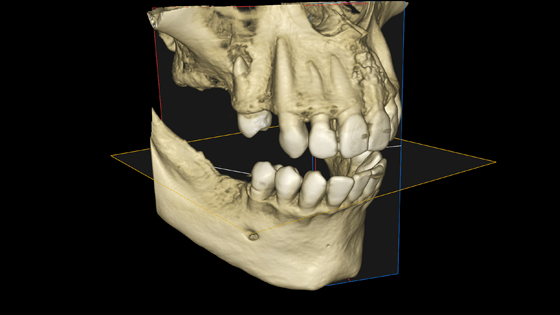
Emerging Trends in Digital Dentistry
Commercial Supporter: Dandy
This thematic CDEWorld eBook on digital dentistry offers a continuing education (CE) article on cone-beam computed tomography (CBCT) imaging and the issues involved in CBCT education and training. Also included in this eBook is a case report article on the use of a digital workflow in a complex case to effectively manage esthetic, functional, and biomechanical concerns while minimizing risks.

Insights In Digital Dentistry
Commercial Supporter: Dandy
This thematic CDEWorld eBook on digital dentistry features a continuing education (CE) article on digital full-arch implant treatment, with a focus on challenges related to intraoral scanning in full-arch cases and on solutions to overcome these obstacles. A case report article on full-mouth rehabilitation using a digital workflow to deliver full-arch implant treatment is also included in this eBook.
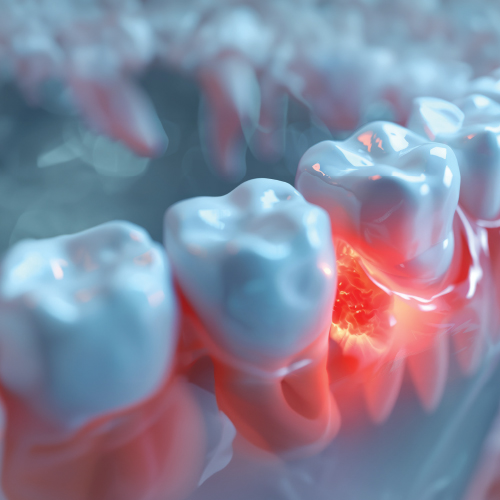
Emerging Technologies and the Dental Hygienist
Source: Inside Dental Hygiene
Commercial Supporters: BIOLASE® Technology, Inc., Nordent Manufacturing, Inc
Traditional periodontal regenerative approaches like GTR and bone grafting show variable results, prompting the need for better solutions. A CE article explores emerging tissue engineering strategies, focusing on scaffold design and controlled drug delivery systems, highlighting recent advancements in biomaterials and technologies for periodontal regeneration. An additional article covers other cutting-edge technologies in dental hygiene, highlighting how embracing these innovations can enhance patient care. Download to earn 2 FREE CEU now!
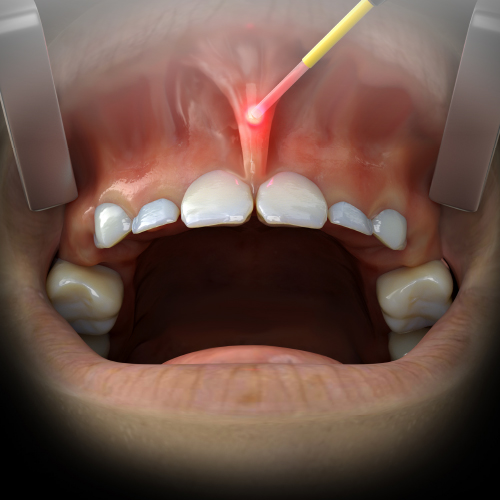
Periodontic Strategies
Commercial Supporter: BIOLASE® Technology, Inc.
This thematic CDEWorld eBook on periodontics features a continuing education (CE) article on laser frenectomy in infants to improve latching during breast- or bottle-feeding. A case report article is also included in this eBook, discussing the treatment of excessive gingival display through therapeutic options that are less invasive than and avoid the need for orthognathic surgery.
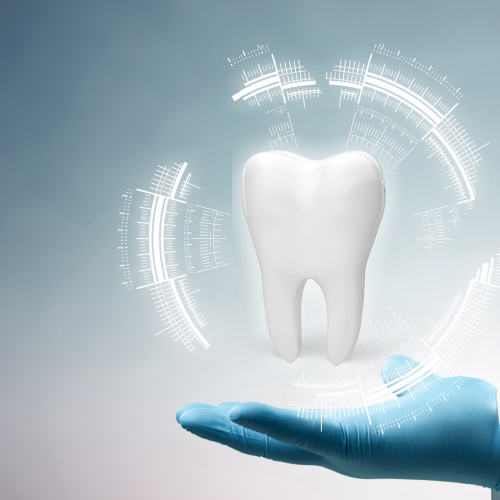
Current Strategies in Digital Dentistry
Commercial Supporter: Dandy
This thematic CDEWorld eBook on digital dentistry features a continuing education (CE) article on a microscopically guided and digital workflow for single-implant treatment. This eBook also includes an article outlining a complete digital workflow in implant dentistry, beginning with patient digitalization obtained by scanning of hard and soft tissues, and completed with guided dentistry.

Dental Anesthetics and the Hygienist
Source: Inside Dental Hygiene
Commercial Supporter: DirectaDentalGroup
Making patients comfortable during treatment is of utmost concern for dental hygienists. Options for pain management include both topical and injectable anesthesia. This Inside Dental Hygiene eBook covers the key fundamentals of pain management. A CE article reviews various non-injectable options. An additional article explores how using a tailored approach for each patient is often the most desirable approach. Download to earn 2 FREE CEU now!
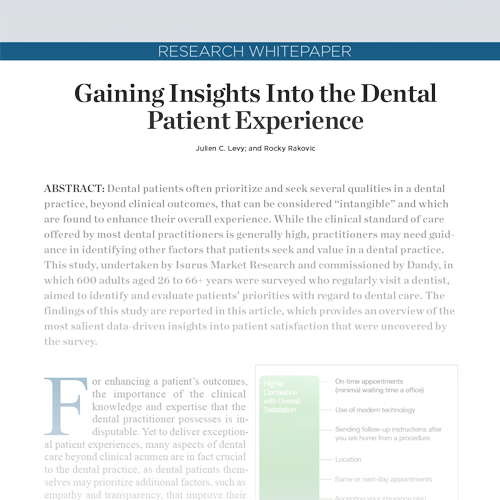
Research Paper
By Julien C. Levy and Rocky Rakovic
Commercial Supporter: Dandy
While the clinical standard of care offered by most dental practitioners is generally high, practitioners may need guidance in identifying other factors that patients seek and value in a dental practice. This white paper reports on a study, undertaken by Isurus Market Research and commissioned by Dandy, and in which 600 adults aged 26 to 66+ years were surveyed who regularly visit a dentist, that aimed to identify and evaluate patients’ priorities with regard to dental care. An overview of the most salient data-driven insights into patient satisfaction that were uncovered by the survey is provided in this article.
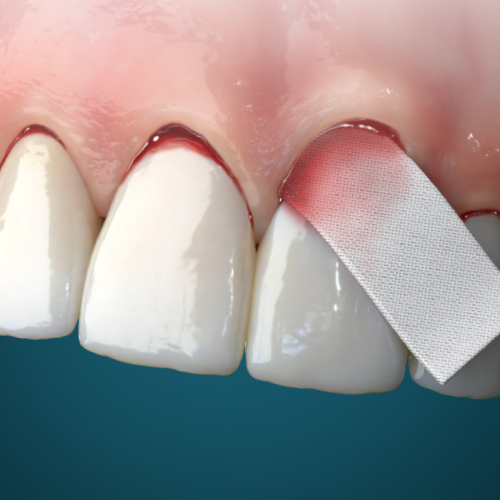
Periodontics
Commercial Supporter: BIOLASE® Technology, Inc.
This thematic CDEWorld eBook on periodontics features a continuing education (CE) article on periodontal surgery for the treatment of gingival recession, focusing on common surgical solutions that involve soft-tissue grafting and describing a novel flap design. Also included in this eBook is a brief article on laser-assisted frenectomies and the importance of understanding the available evidence supporting this procedure.
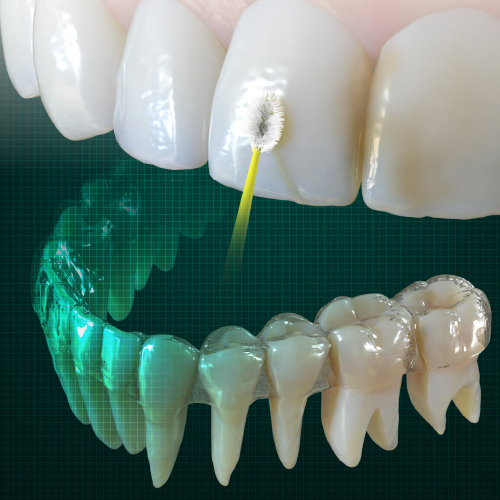
Orthodontics
Commercial Supporter: Carestream Dental
This thematic CDEWorld eBook on orthodontics features a continuing education (CE) article on a method for teeth bleaching that is performed during and expedited by clear aligner therapy. This eBook also includes a case report article on the use of clear aligner therapy to achieve anterior intrusion in a patient with a deep class II bite.

The Fundamentals of Infection Control
Source: Inside Dental Hygiene
Commercial Supporters: Air Techniques, Inc., Palmero Health Care
Infection control in a dental practice is more important than ever, and hygienists play an important role in maintaining a safe environment for staff and patients alike. This Inside Dental Hygiene eBook covers the fundamentals of preventing the spread of pathogens. A CE article reviews the most important considerations for selecting examination gloves, and two additional articles delve deeper into the basics of preventing cross-contamination. Download to earn 2 FREE CEU now!
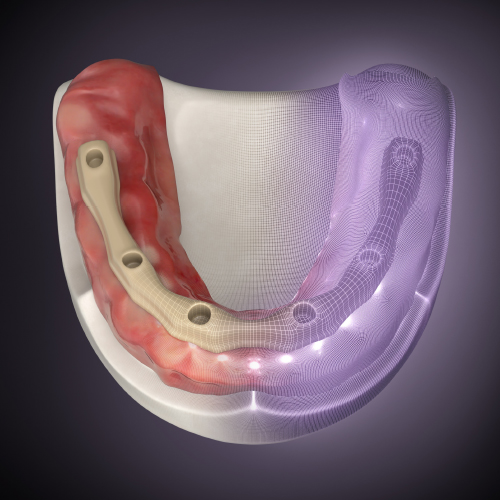
Evolving Trends in Digital Dentistry
Commercial Supporter: Dandy
This thematic CDEWorld eBook on digital dentistry offers a continuing education (CE) article on how digital technologies are incorporated into telescopic and conical clinical workflows. This eBook also includes a case report article illustrating the use of a digital workflow for 3D-printed monolithic dentures. Download to earn 2 FREE CEU now!
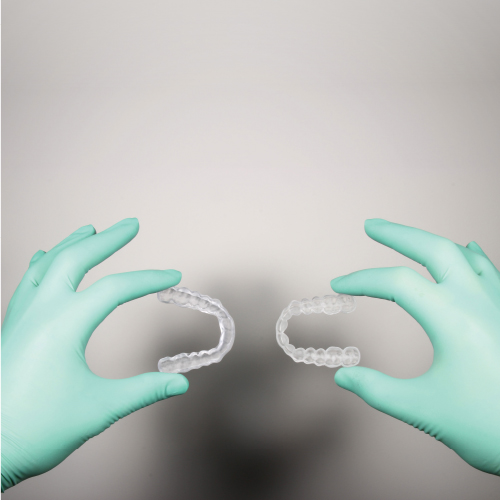
Novel Approaches in Digital Dentistry
Commercial Supporter: 3Shape
This thematic CDEWorld eBook on digital dentistry offers a continuing education (CE) article on 3D printing of thermoflexible occlusal splints for the treatment of bruxism. A case report article describing a digital workflow for single-unit implant restorations is also included in this eBook. Download to earn 2 FREE CEU now!
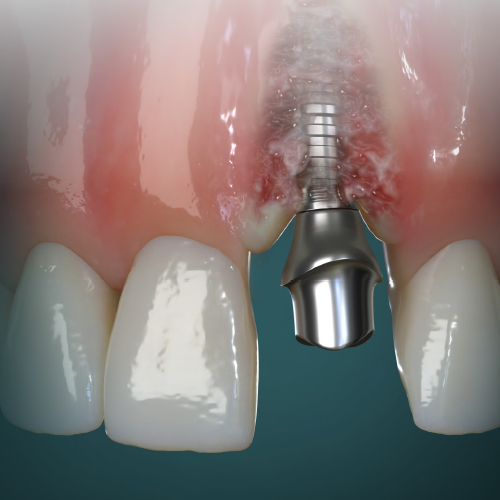
Current Strategies in Implantology
Commercial Supporter: Zest Dental Solutions
This thematic CDEWorld eBook on implantology features a continuing education (CE) article on managing dental implants that are positioned or angulated too far facially. A case report article on the All-In implant placement concept is also included in this eBook. Download to earn 2 FREE CEU now!
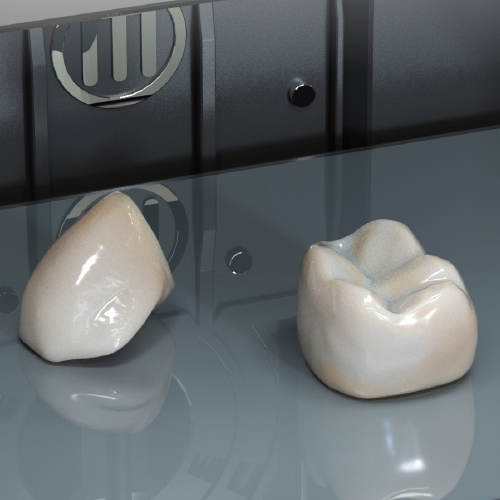
Evolving Trends in Restorative Dentistry
Commercial Supporter: Kulzer
This thematic CDEWorld eBook on restorative dentistry features a continuing education (CE) article on hybrid ceramic permanent restorations. An article on clinical decision-making for restoring a tooth with a short clinical crown is also included in this eBook. Download to earn 2 FREE CEU now!
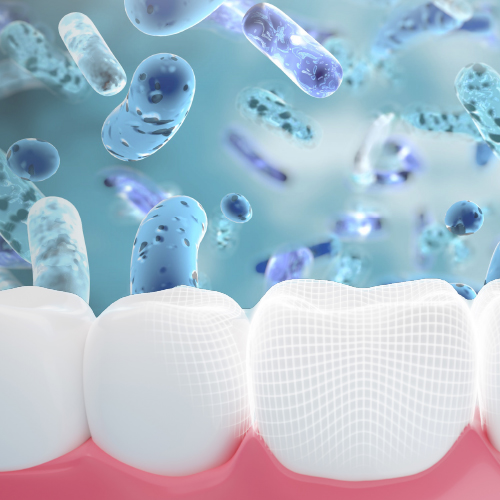
Emerging Treatments and Technologies in Dental Hygiene
Source: Inside Dental Hygiene
Commercial Supporters: BioGaia, SurgiTel, Florida Probe, GC America, Dental Care Alliance
For dental hygienists who want to stay on top of their game, it’s important to be up to date on the latest treatments and the newest technology. This Inside Dental Hygiene eBook covers emerging trends. A CE article offers insights into the emerging field of probiotics, while two additional articles explore other key advancements, including biofilm management, caries detection, and artificial intelligence (AI). Download to earn 2 FREE CEU now!
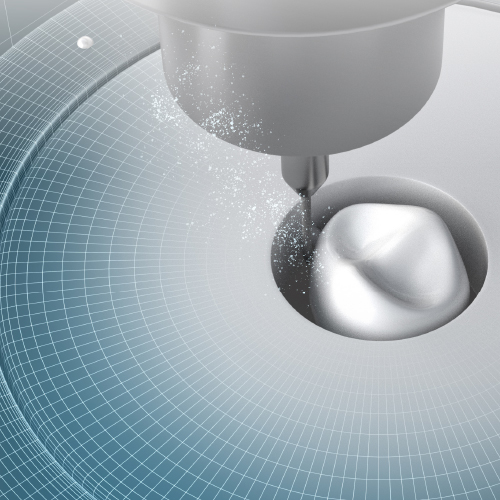
Digital Dentistry Alternatives
Commercial Supporter: DEXIS
This thematic CDEWorld eBook on digital dentistry features a continuing education (CE) article on resin-based materials for indirect dental restorations manufactured via CAD/CAM. A case report article illustrating a fully digital same-day restorative treatment is also included in this eBook. Download to earn 2 FREE CEU now!

Prosthodontic Options
Commercial Supporter: Zest Dental Solutions
This thematic CDEWorld eBook on prosthodontics features a continuing education (CE) article on dental ceramics for indirect restorations. An article on light curing for ceramic restorations is also included in this eBook. Download to earn 2 FREE CEU now!

Update on Anesthetics
Source: Inside Dental Hygiene
Commercial Supporters: DirectaDentalGroup, Pac-Dent
This Inside Dental Hygiene eBook features a continuing education (CE) article that discusses protocols for administering dental injections in such a way that helps prevent pain. Techniques include effective communication with the patient, the use of a topical anesthetic, deposition rate, and using a buffering agent. A second article explains how a dental hygienist can reduce a patient’s discomfort by building trust. Download to earn 2 FREE CEU now!
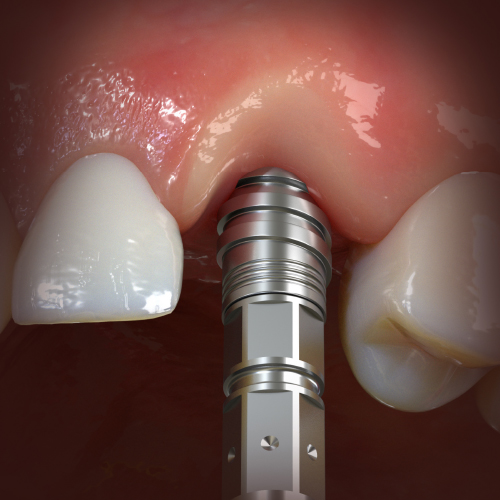
Evolving Trends in Implantology
Commercial Supporter: Dentsply Sirona
This thematic CDEWorld eBook features a continuing education (CE) article on immediate provisionalization of single-unit implants in the esthetic zone. This eBook also includes an article on open-tray impressions for implant-supported prostheses. Download to earn 2 FREE CEU now!
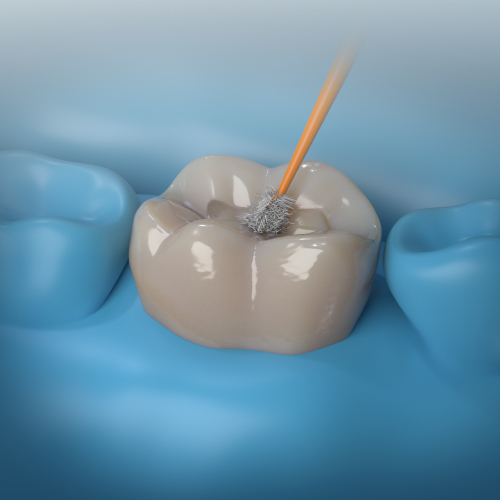
Novel Approaches in Restorative Dentistry
Commercial Supporter: BISCO, Inc.
This thematic CDEWorld eBook on restorative dentistry features a continuing education (CE) article on the role of adhesive materials in conservative restorative treatments. This eBook also includes a case report article on the replacement of veneers to improve dental esthetics.

The Basics of Oral Disease Prevention
Source: Inside Dental Hygiene
Commercial Supporters: BioGaia, GC America, Oracare, DMG America, Xlear
This Inside Dental Hygiene eBook features a continuing education (CE) article that covers the basics of at-home oral health care—namely, manual toothbrushes, dental floss, and mouthrinses. A second article helps hygienists in guiding patients to the right consumer products for their own individualized needs.
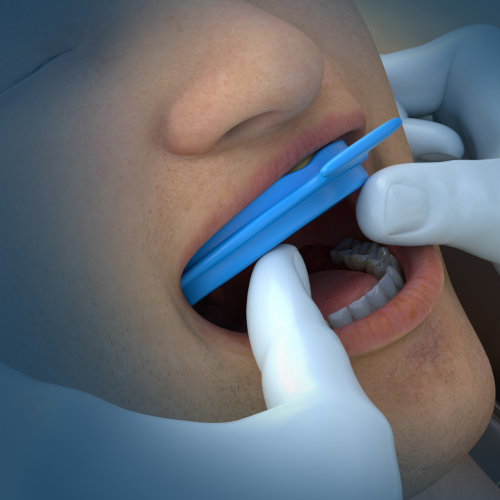
Ensuring Patient Comfort and Clinical Accuracy During Impression Taking
By Shannon Pace Brinker, CDA, CDD
Commercial Supporter: Kulzer
This eBook features a continuing education (CE) article that examines dental anxiety and gagging that occur during impression-taking procedures, and discusses simple interventions that can be undertaken during the office visit to ensure patient comfort during these procedures. The advantages and disadvantages of common impression materials, particularly with regard to ensuring patient comfort during impression taking, are also described.
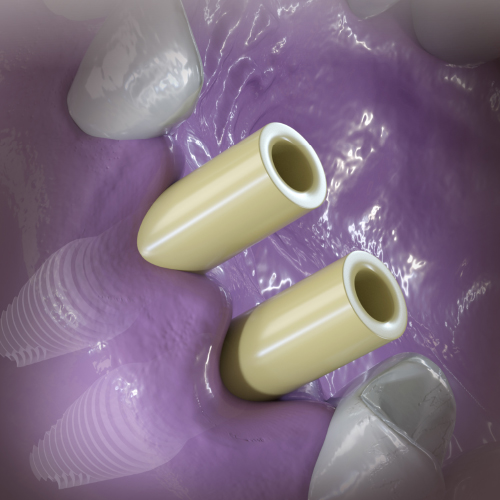
Prosthodontic Strategies
Commercial Supporter: Zest Dental Solutions
This thematic CDEWorld eBook features a continuing education (CE) article on screw-retained implant restorations with angulated screw channels. This eBook also includes a case report article on the use of the bonded single-wing zirconia bridge to replace maxillary lateral incisors. Download to earn 2 FREE CEU now!
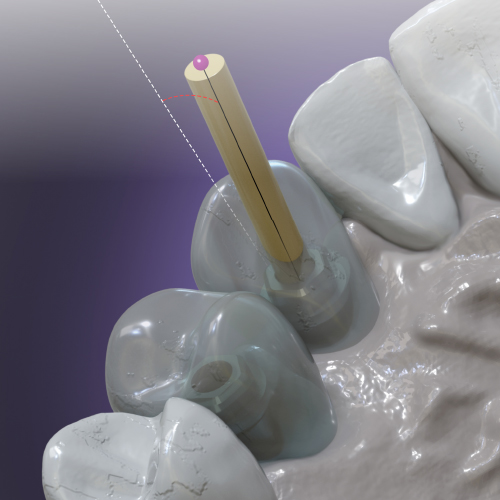
Endodontic Strategies
Commercial Supporter: Carestream Dental
This thematic CDEWorld eBook features a continuing education (CE) article on the placement of endodontic posts. This article reviews the considerations involved in post placement, including the indications and contraindications of post placement, the post selection criteria, and the risks associated with post and core procedures. A case report article on the history-centered diagnosis of endodontic disease is also included in this eBook. Download to earn 2 FREE CEU now!
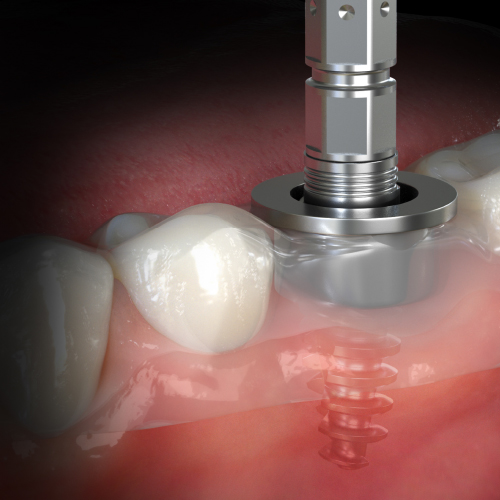
Enhanced CBCT Tools for Guided Surgical Applications
By Isaac D. Tawil, DDS, MS; and Michael Erdos, DDS
Commercial Supporter: Carestream Dental
This eBook features a continuing education (CE) article that describes metal artifact reduction (MAR) and facial scanning in cone-beam computed tomography (CBCT) and the use of CBCT and intraoral scanning (IOS) in guided implant surgery. Three case studies are presented that demonstrate how CBCT facilitates guided implant placement in a patient requiring replacement of a single tooth, a patient with inadequate available bone necessitating a conservative approach, and a patient who required full-arch rehabilitation, respectively.
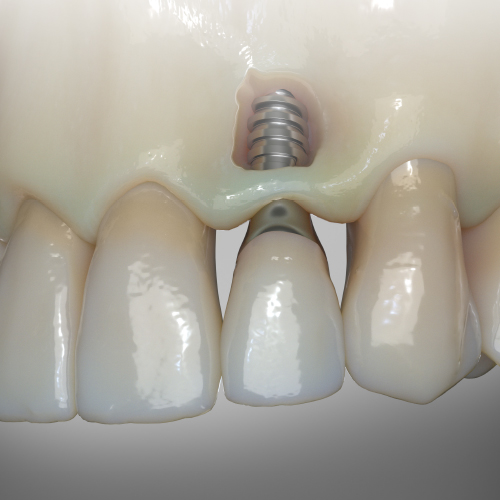
Novel Approaches in Implantology
Commercial Supporter: 3Shape
This thematic CDEWorld eBook on implantology features a continuing education article on various treatments that can be employed to manage late implant failure for cases in which extraction and replacement of a failed implant are not indicated. In addition, a case report article on immediate dental implants for anterior tooth replacement in an older patient is included in this eBook.
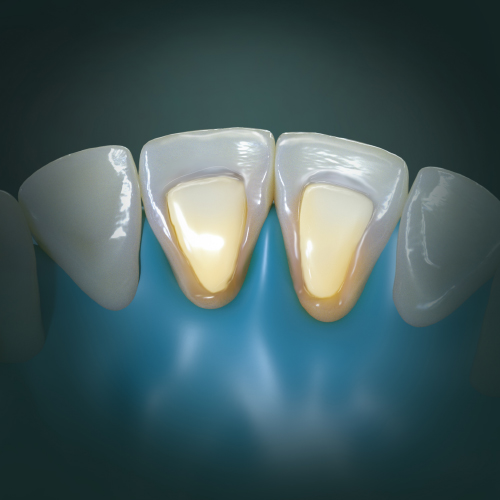
Restorative Dentistry Alternatives
Commercial Supporter: Kulzer
This thematic CDEWorld eBook on restorative dentistry features a continuing education article on the management of intrinsic tooth discoloration caused by dental trauma. A case report on full-mouth reconstruction with attention to esthetics is also included in this eBook. Download to earn 2 FREE CEU now!
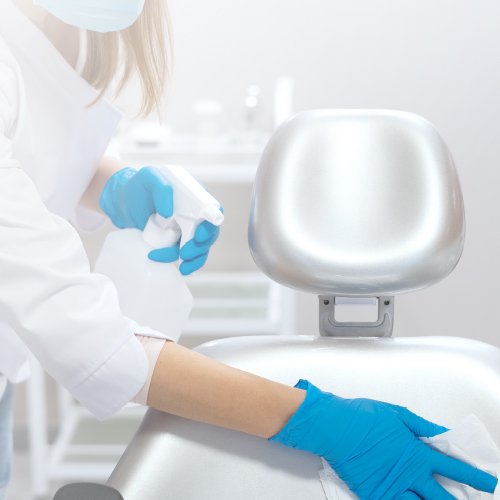
Infection Control in the Dental Practice
Source: Inside Dental Hygiene
Commercial Supporters: DirectaDentalGroup, Air Techniques, Inc.
This Inside Dental Hygiene eBook includes a continuing education (CE) article article that discusses infection prevention practices as outlined by the Centers for Disease Control and Prevention (CDC) and how these standards, which include air filtration, the wearing of masks, and the screening of employees and patients for signs of infection, should be applied in dental settings. A second article explains the importance of maintaining the integrity of the dental unit waterlines and offers steps for ensuring safety. Download to earn 2 FREE CEU now!
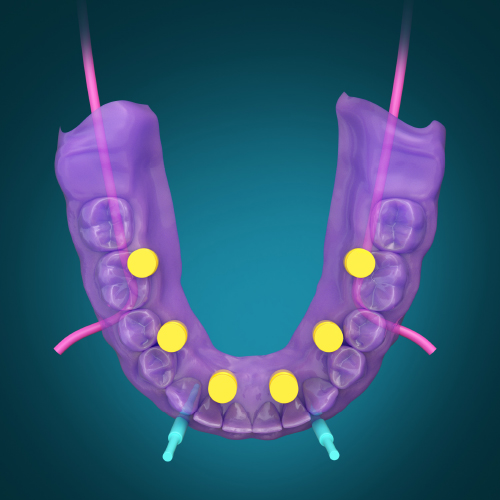
Fabrication of Fixed Implant-Supported Prostheses: A Simplified Procedure Using a Novel Attachment System
By David A. Little, DDS; and Joseph J. Massad, DDS
Commercial Supporter: Zest Dental Solutions
This eBook features a continuing education (CE) article that reports two case studies illustrating a simplified procedure using a fixed attachment system to facilitate the fabrication and placement of full-arch implant-supported fixed dental prostheses in patients with limited finances. The procedural steps involved in using a fixed attachment system to transition from a removable to a fixed prosthesis using the same abutments that were used for the removable restorations are also described.
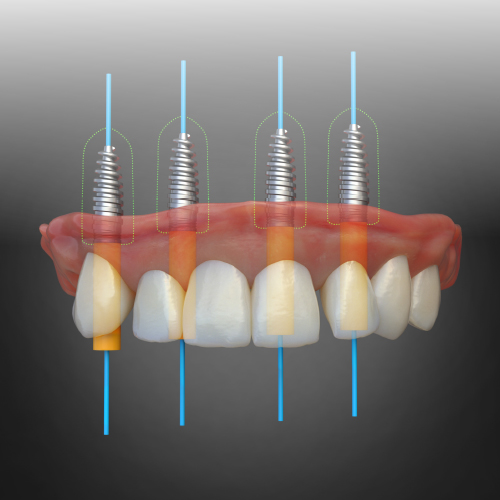
Digital Dentistry Innovations
Commercial Supporter: Formlabs
This thematic CDEWorld eBook on digital dentistry offers a continuing education (CE) article on the use of digital technologies to simplify sequential extraction therapy for full-arch rehabilitation cases. This eBook also includes a report of a clinical study on incidental dentoalveolar findings of potential pathology in otherwise asymptomatic patients, as detected by cone-beam computed tomography (CBCT). Download to earn 2 FREE CEU now!
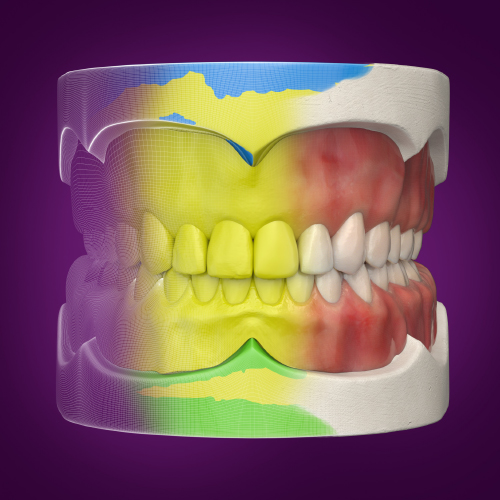
Prosthodontics
Commercial Supporter: Zest Dental Solutions
This thematic CDEWorld eBook on prosthodontics offers a continuing education (CE) article on the role of digital technologies in full-mouth reconstruction. A case report article is also provided in this eBook, which describes the use of digital tools in implant therapy for a patient with edentulism.
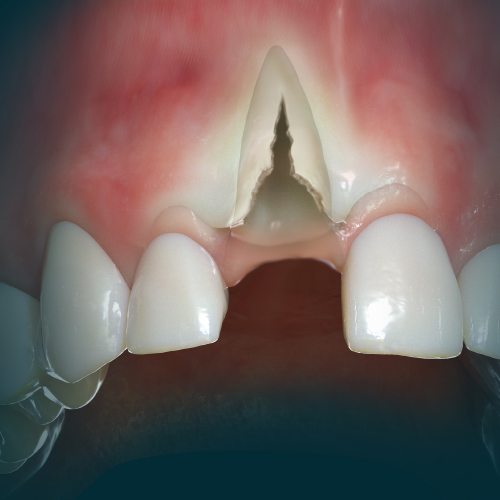
Implantology Alternatives
Commercial Supporter: Dentsply Sirona - Equipment & Technology
This thematic CDEWorld eBook on implantology features a continuing education (CE) article on single-rooted extraction socket factors and their role in determining optimal implant placement timing and technique. This eBook also includes a case report on the placement of an implant-supported crown in the esthetic zone. Download to earn 2 FREE CEU now!
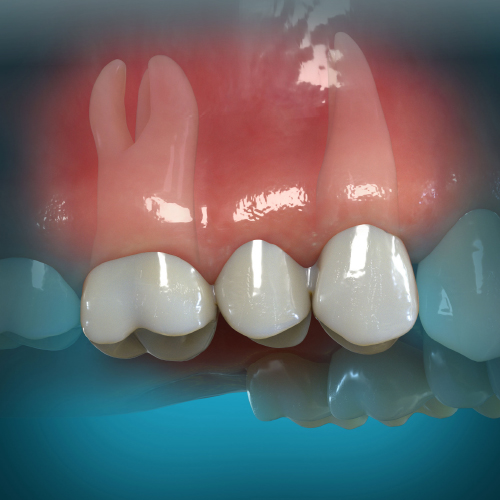
Restorative Dentistry Innovations
Commercial Supporter: BISCO, Inc.
This thematic CDEWorld eBook on restorative dentistry features a continuing education (CE) article that explores the benefits and indications for the use of the ovate pontic. In addition, this eBook includes a case report article on a bonding protocol that may be implemented for single-tooth and complex restorations.
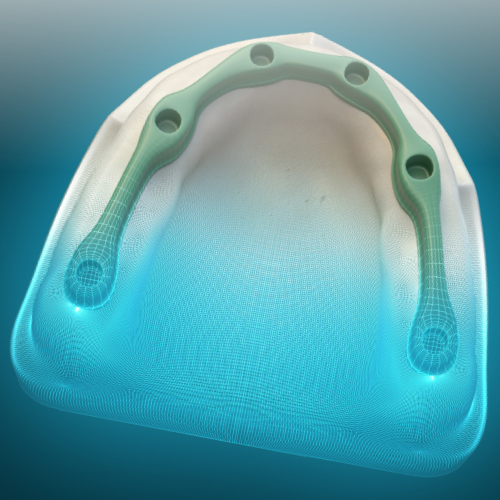
Digital Dentistry Options
Commercial Supporter: 3Shape
This thematic CDEWorld eBook offers a continuing education (CE) article on the role of digital technologies in enhancing telescopic and conical clinical case workflows and protocols. This eBook also includes an article that looks at the trends in dentistry for 2022, giving a cogent and topical analysis of the innovations that are shaping the current dentistry landscape, specifically with regard to practicing dentists’ preferences and usage.
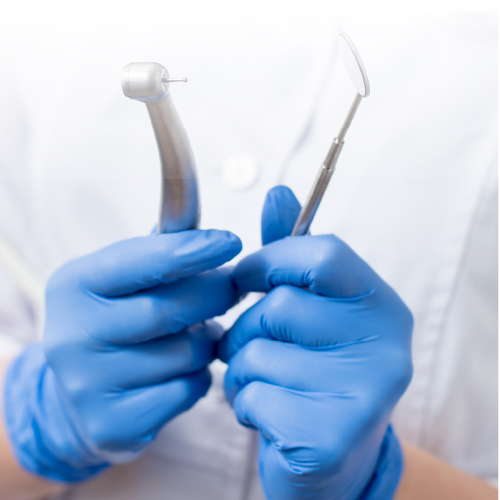
The Benefits of Cordless Prophy Handpieces to Help Prevent Musculoskeletal Disorders in Clinical Practice
By Jason H. Goodchild, DMD
Source: Inside Dental Hygiene
Commercial Supporter: Premier
This Inside Dental Hygiene eBook features a continuing education (CE) article that explains how ergonomic, battery-operated cordless handpieces can offer a meaningful upgrade over corded predecessors and should be considered a worthwhile addition to the dental hygiene armamentarium for the safe and effective delivery of hygiene care.
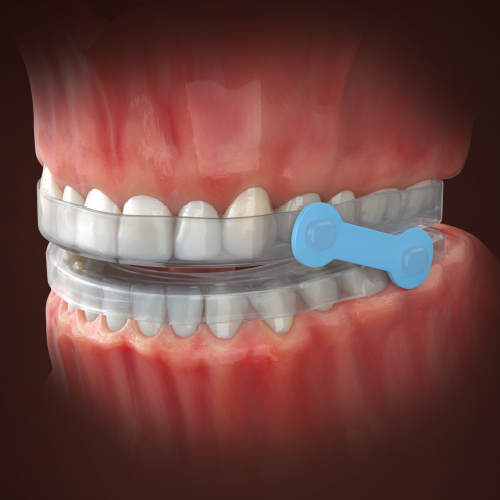
Orthodontics
Commercial Supporter: Dentsply Sirona - Orthodontics
This thematic CDEWorld eBook offers a continuing education (CE) article on the use of oral appliance therapy in the treatment of oral sleep apnea (OSA) and how to avoid the potential orthodontic pitfalls of this approach. A case report on the use of smile design using clear aligners to allow for veneer preparation is also included in this eBook. Download to earn 2 FREE CEU now!
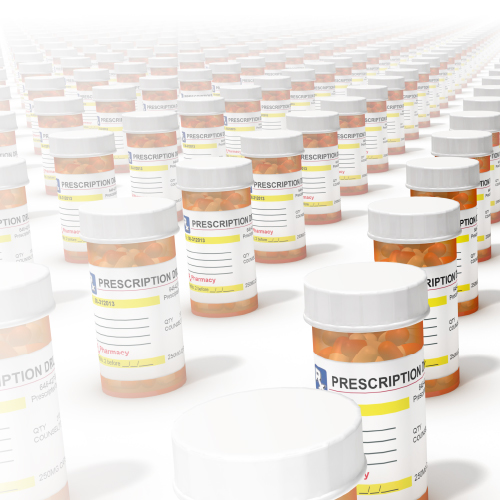
Endodontics
Commercial Supporter: DEXIS
This thematic CDEWorld eBook provides two continuing education (CE) articles on endodontics. The first article is on managing endodontic pain, with an emphasis on nonopioid pain management strategies. The second article discusses pulpal diagnosis and treatment, explaining how various commonly used dental pulp tests may lead to inaccurate diagnoses of conditions such as irreversible pulpitis.
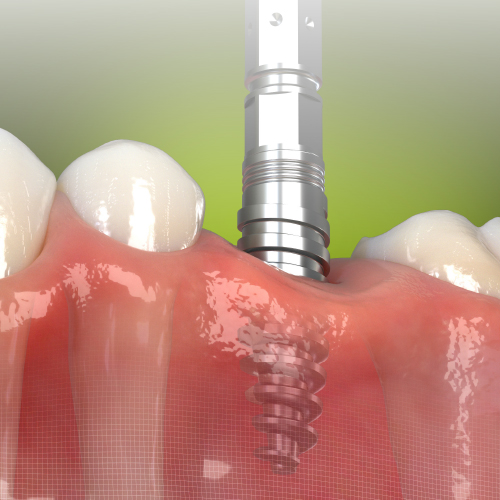
Implantology Innovations
Commercial Supporter: Neocis
This thematic CDEWorld eBook provides two continuing education (CE) articles on implantology. The first article describes single-site immediate implant placement. In the second article, implant screw fracture, a common complication with single-unit implant-supported crowns, is discussed. Download to earn 4 FREE CEU now!

Beyond Teeth Bleaching: The Clinical Benefits and Diverse Applications of 10% Carbamide Peroxide
By Miles R. Cone, DMD, CDT, FACP; Cornelia Cone, MA; and Polly Wedge, BS
Commercial Supporter: SDI
This eBook features a continuing education (CE) article that examines the use of 10% carbamide peroxide across a broad spectrum of dental specialties and highlights its diverse applications and benefits, including its bactericidal and cariostatic effects, which extend beyond cosmetic teeth whitening.
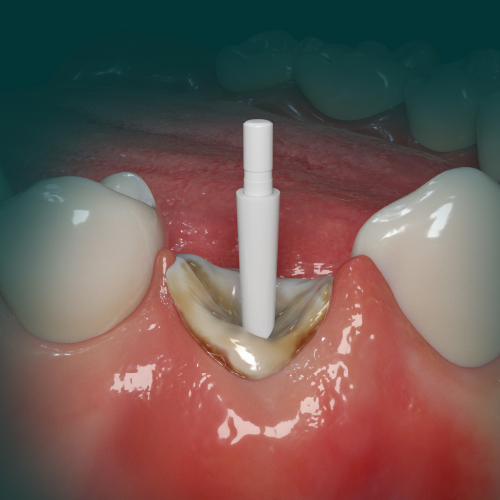
Restorative Dentistry Options
Commercial Supporter: Tokuyama Dental America
This thematic CDEWorld eBook offers two continuing education (CE) articles on restorative dentistry. The first article outlines the various endodontic posts that are commonly in use today. In the second CE article, the currently available dental cements are summarized, and their specific properties are detailed.
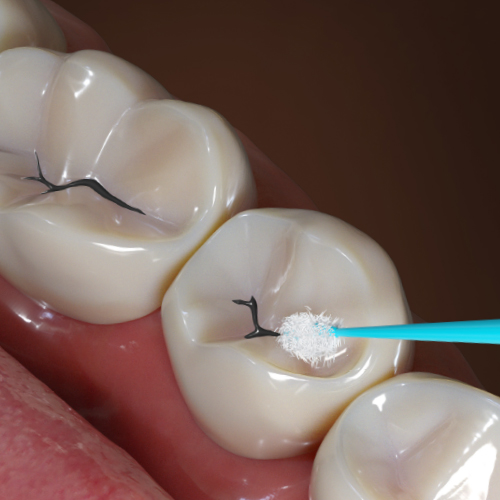
Emerging Hygiene Technology
Source: Inside Dental Hygiene
Commercial Supporters: GC America, Orascoptic, SmileDirectClub, Designs for Vision, LumaDent
This Inside Dental Hygiene eBook features a continuing education (CE) article explains how silver diamine fluoride (SDF) in the dental hygiene room is an invaluable treatment offered to the patient for sensitivity, incipient carious lesions that have not broken through enamel, and root caries. A second article describes how offering patients an in-office professional whitening option will increase production and better serve a patient’s cosmetic desires.

Digital Dentistry Strategies
Commercial Supporter: Formlabs
This thematic CDEWorld eBook offers two continuing education (CE) articles on digital dentistry. The first CE article describes the use of digital photography to help locate and determine maxillary incisal edge position. The second CE article is devoted to demystifying 3D printed dentures. In addition, a case report demonstrates the use of 3D printed provisional restorations in the treatment of a patient with extensive wear and loss of vertical dimension of occlusion. Download to earn 4 FREE CEU now!

Anesthetics and Topicals
Source: Inside Dental Hygiene
Commercial Supporters: DirectaDentalGroup, Cetylite, USO Medical
This Inside Dental Hygiene eBook features a continuing education (CE) article that compares and contrasts the five amide local anesthetic (LA) drugs most commonly used in dentistry. A second article explains current knowledge of the topical anesthetic agents available and their limitations and inherent risks.
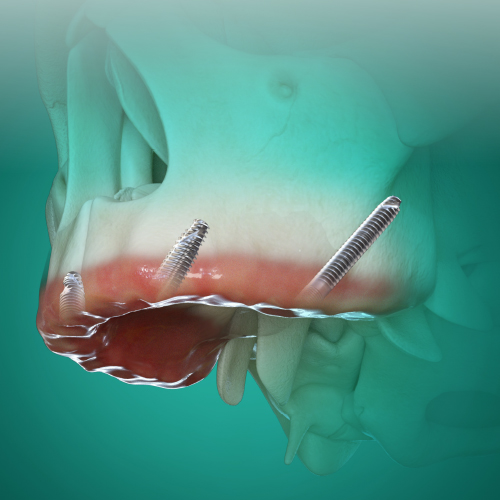
Implantology Options
Commercial Supporter: Neocis
This thematic CDEWorld eBook features two continuing (CE) articles. The CE article discusses the decision-making involved in the question of “to graft or not to graft,” and considers the promising success rates seen with zygomatic and pterygoid implants. The second CE article reviews the various mechanical properties of titanium used for dental implants. Download to earn 4 FREE CEU now!
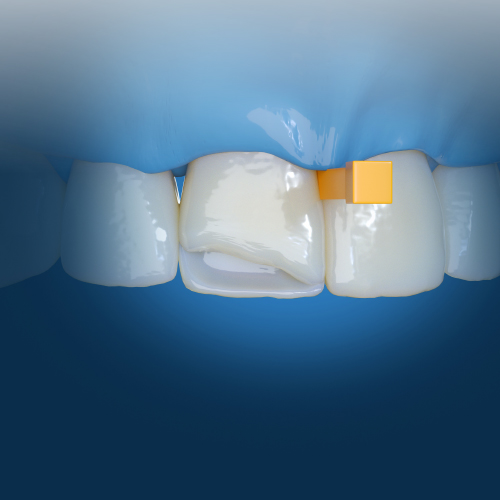
Restorative Dentistry Strategies
Commercial Supporter: Tokuyama Dental America
This thematic CDEWorld eBook features two continuing (CE) articles. The first CE article describes current advances in adhesive systems. The second CE article discusses the importance of the “form follows function” paradigm in creating anterior restorations. A peer-to-peer article describes the author’s personal experience with the use of a universal flowable composite. Download to earn 4 FREE CEU now!
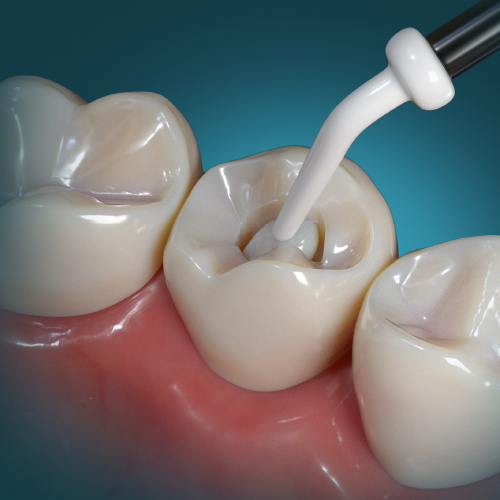
Smart-Matching Composites: One Shade Fits All
By Gregg Helvey, DDS, CDT
Commercial Supporter: Kulzer
“One-shade” systems—also known as “smart-matching” composite systems—have recently been developed that simplify the shade selection process by means of innovative coloration technologies that match the shade of the composite to that of the natural tooth. This article explores the features of these one-syringe systems and discusses their coloration technologies and composition, as well as the bonding agents used with smart-matching composites.

Developments in Oral Disease Prevention
Source: Inside Dental Hygiene
Commercial Supporters: Henry Schein Dental, Xlear, Burst, Orascoptic, DMG America, TePe, Waterpik
This Inside Dental Hygiene eBook features a continuing education (CE) article that explores commonly recommended and effective oral hygiene practices and adjunctive oral hygiene aids that should be used by patients as part of their home care regimens to improve oral health. A second article explains how understanding the features of toothbrushes and how they work can help patients maintain oral hygiene in a proper and effective manner. A third article describes how the American Dental Hygienists’ Association (ADHA) seeks to help dental hygienists provide optimal oral health for every American. Download to earn 2 FREE CEU now!

Developments in Infection Control
Source: Inside Dental Hygiene
Commercial Supporters: Orascoptic, DirectaDentalGroup, L&R Ultrasonics, Air Techniques, Inc.
This Inside Dental Hygiene eBook includes two continuing education (CE) articles. The first CE article provides a concise discussion of standard infection control precautions and practice updates and sheds light on why these practices are critical in the dental care setting. The second CE article briefly reviews the important characteristics of bacterial pathogens regarding their ability to thrive in water and their potential to cause infections. Download to earn 4 FREE CEU now!
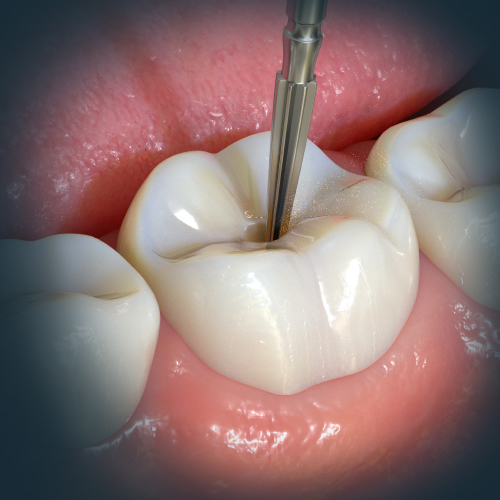
Maximizing Your Cutting Edge: Bur Selection and Considerations to Improve Patient Care
By Lori Trost, DMD
Commercial Supporter: Microcopy Dental
The use of dental burs for efficient removal and shaping of tooth structure is an essential aspect of restorative dentistry. Because the scope of restorative procedures is broad and there is a wide range of rotary cutting instruments currently available, burs must be carefully chosen to maximize their benefits and cutting effectiveness. This article explores the recent evidence supporting judicious bur selection, and outlines several strategies to optimize bur performance and cutting efficiency and to promote patient safety.
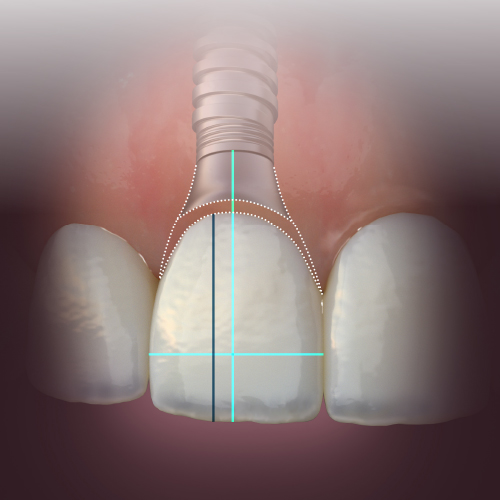
Implantology Strategies
Commercial Supporter: 3Shape
This CDEWorld thematic eBook features two continuing education (CE) articles. The first CE article presents guidelines for 3-dimensional implant placement that help achieve optimal functional and esthetic outcomes, with an emphasis on evaluation of the natural esthetic zone as a crucial aspect of implant treatment planning. A second CE article discusses strategic positioning of implants for patients who require implant-retained overdentures, and describes protocols to ensure that an overdenture achieves full adaptation to the edentulous ridge.
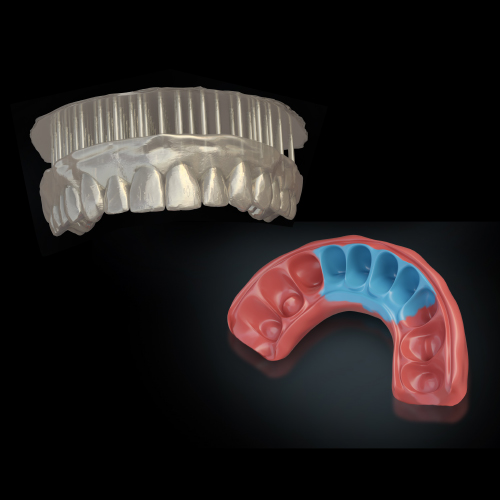
The Digital Workflow: A Modern Approach to Esthetic Restorations
By Anthony Mennito, DMD
Source: BISCO
Commercial Supporter: BISCO, Inc.
Recent advancements in dentistry have helped facilitate conservative approaches to esthetic restorations and an overall smoother treatment process. This article highlights a case study that exemplifies facets of a modern approach to esthetic restorations.
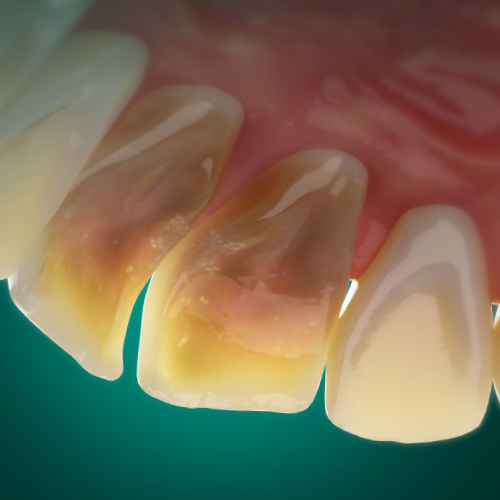
Restorative Dentistry
Commercial Supporter: Tokuyama Dental America
This CDEWorld thematic eBook features a continuing education (CE) article that discusses a minimalistic approach to regaining lost palatal anatomy in teeth that have been damaged by GERD, and explains how more aggressive, full-coverage restorations may jeopardize such teeth. A second CE article article reviews two popular classifications for dental ceramics, as well as the criteria for selecting these materials. This eBook also includes a case report article discussing the use of a single-shade dental composite in three restorative cases. Download to earn 4 FREE CEU now!
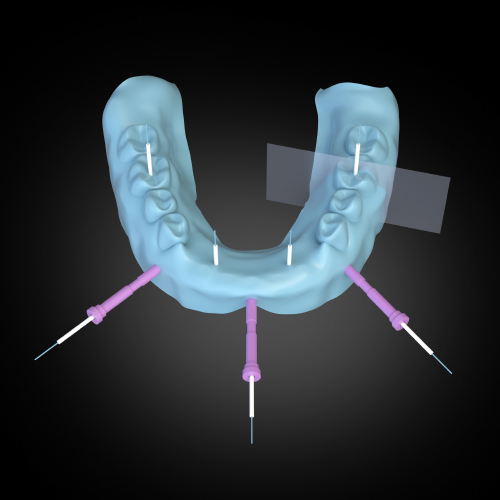
Digital Dentistry
Commercial Supporter: 3Shape
This CDEWorld thematic eBook features two continuing education (CE) articles. The first CE article describes the use of digital technology in the creation of intraoral optical impressions, and how digital mock-ups facilitate virtual planning of treatment with a high degree of accuracy. In the second CE article, digital radiography is described as the new norm for diagnostic imaging, rapidly replacing analog radiographs both in dental practices and educational settings. Download to earn 4 FREE CEU now!
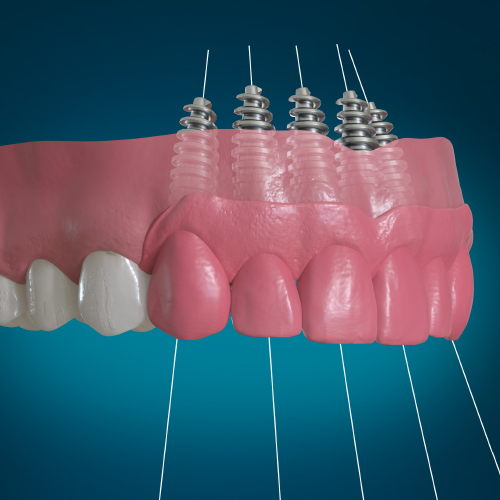
Digital Technology Redefining Implant Therapies: Two Case Reports
By Sundeep Rawal, DMD
Commercial Supporter: Neocis
This article highlights some of the more profound technological advancements clinicians have at their disposal to both plan and deliver streamlined minimally invasive treatment that equals or exceeds historically cutting-edge esthetic dentistry. The case studies presented indicate how professional collaboration and prosthetically driven planning may be utilized to achieve lofty goals for patient satisfaction, even in highly complex and challenging cases.
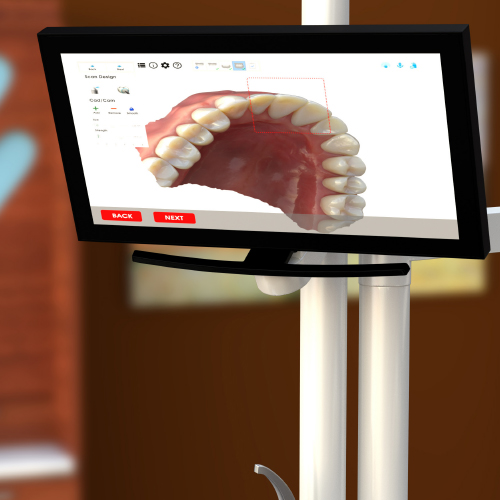
Increasing Practice Efficiencies With Proven Digital Workflows
By Michael Cohen, DDS
Source: ClearCorrect
Commercial Supporter: ClearCorrect
This article discusses the advantages and disadvantages of digital impressions compared with traditional impressions and describes the intraoral scanning capabilities available to the general dental practitioner.
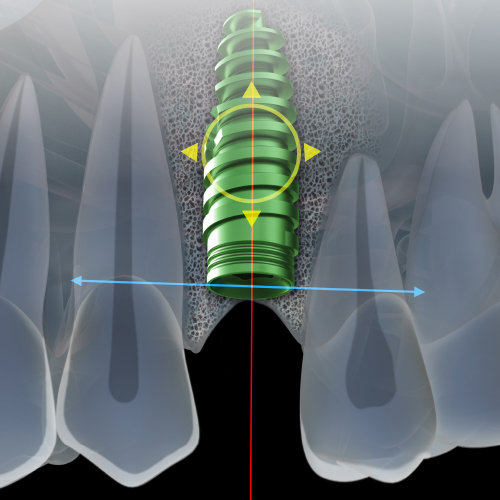
Implantology
Commercial Supporter: 3Shape
This CDEWorld thematic eBook features a continuing education (CE) article that discusses technology adoption in general and the different guided surgery options culminating with robot-assisted surgery. A second CE article focuses on the application of various technologies—particularly CBCT and guided surgery elements—into a functional workflow for greater accuracy and efficiency in both the surgical and restorative phases of treatment.

Remineralization Therapy for Children
By David L. Rothman, DDS, FAAPD, FACD, FICD
Source: Inside Dental Hygiene
Commercial Supporter: GC America
For more than four decades, fluoride-containing dentifrices have been key in reducing caries in children. Casein phosphopeptide-amorphous calcium phosphate with fluoride (CPP-ACPF) formulated as a mousse or a varnish has been used successfully and safely in children, and it has been shown to reduce caries activity and white spot lesions in preschool children. This Inside Dental Hygiene eBook features a continuing education (CE) article that reviews the use of CPP-ACPF in remineralization therapy for children.
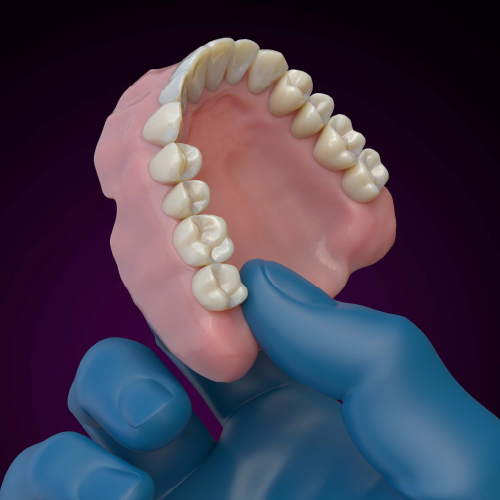
Dentures With Dignity: The Influence of Esthetics, Function, and Patient Psychology on Successful Treatment Options
By Cornelia Cone, MA; and Miles Cone, DMD, CDT, FACP
Commercial Supporter: Zest Dental Solutions
This article presents a pragmatic approach to considering both psychology and physiology when treating edentulous patients to increase the frequency and predictability of successful treatment outcomes.

Technology Integration in Dental Hygiene Treatment
Source: Inside Dental Hygiene
Commercial Supporter: Air Techniques, Inc.
This Inside Dental Hygiene eBook features a continuing education (CE) article that describes how dental hygienists can use lasers in the dental office, and, more importantly, if they are allowed to use them in their state. An accompanying article describes how technology impacts every aspect of patient care, as it has elevated available home care products, along with instruments used in the office. Download to earn 2 FREE CEU now!

Using Strategic Business Communication in the Dental Care Setting to Improve the Patient Experience and Grow the Dental Practice
By Alan Braverman
Commercial Supporter: Textline
This article examines how dental practices can best utilize current business communication channels to provide an improved and seamless end-to-end patient experience that not only helps retain current patients but helps grow the dental practice.
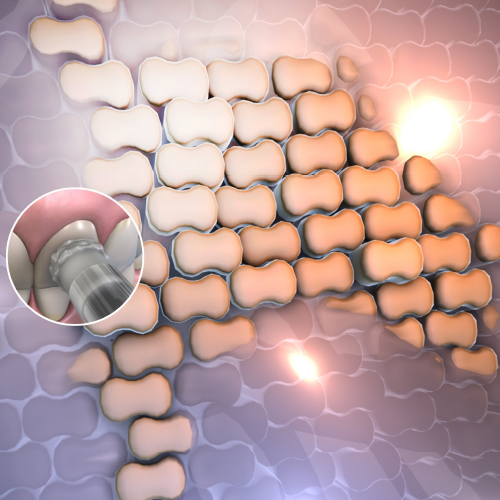
Developments in Teeth Whitening Treatments
Source: Inside Dental Hygiene
Commercial Supporter: Henry Schein Dental
This Inside Dental Hygiene eBook features a continuing education (CE) article that reviews different teeth whitening methods, particularly an in-office technique to reduce tooth sensitivity using 37% carbamide peroxide. An accompanying article describes the importance of a dental hygienist’s ability to educate patients about the advantages and disadvantages of different cosmetic dentistry strategies. Download to earn 2 FREE CEU now!
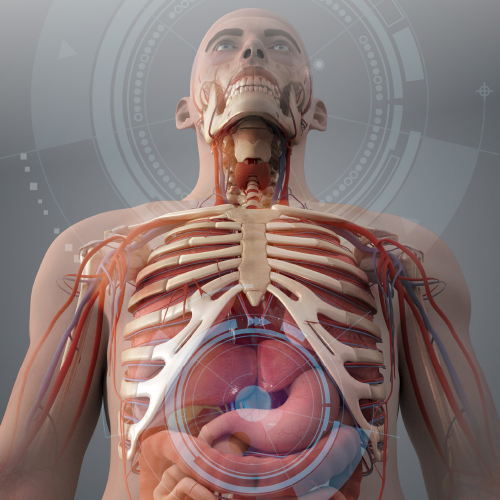
Treatment Trends in Periodontics
Source: Inside Dental Hygiene
Commercial Supporters: DirectaDentalGroup, VOCO America, Young Dental, Paradise Dental Technologies, Dental Care Alliance
This Inside Dental Hygiene eBook explores recent evidence of periodontal-systemic interaction and highlights some of the emerging trends in the diagnosis and treatment of periodontal diseases, such as point-of-care diagnostic technologies and advanced host immuno-inflammatory response modulation strategies. An accompanying article describes how clinicians must be familiar with the etiology and risk factors for peri-implant mucositis and peri-implantitis as well as how to properly diagnose and treat these two clinical entities in their earliest stages.
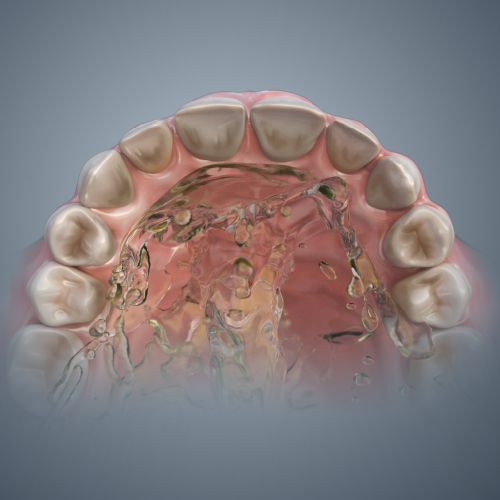
Dental Erosion: Etiology, Diagnosis, and Management
By Gregg Helvey, DDS, MAGD, CDT
Commercial Supporter: GlaxoSmithKline
Tooth structure loss from abrasion is usually mechanical in nature, whereas, in the case of erosion, the loss of tooth structure is through chemical action. This article will focus on tooth structure loss by erosion—its etiology, diagnosis, and management.
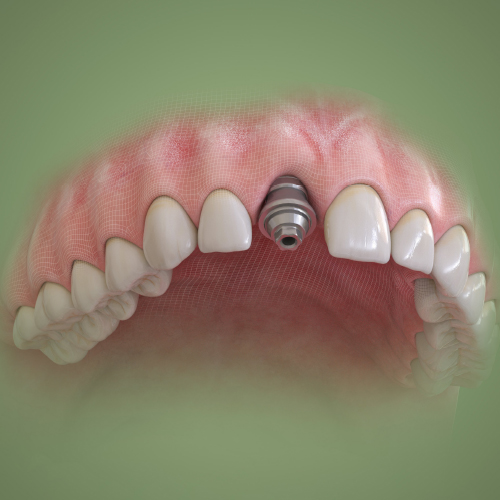
A Novel Digital Workflow in Predictable Fabrication of Emergence Profile for Implant Restorations in the Esthetic Zone
By Sam Alawie, MDT; and Mehrdad Razaghy, DDS
Commercial Supporter: Carestream Dental
This eBook features a report that describes a standardized and predictable protocol for digital impressions and laboratory steps, with a focus on proper tissue management of anterior implant-supported restorations.
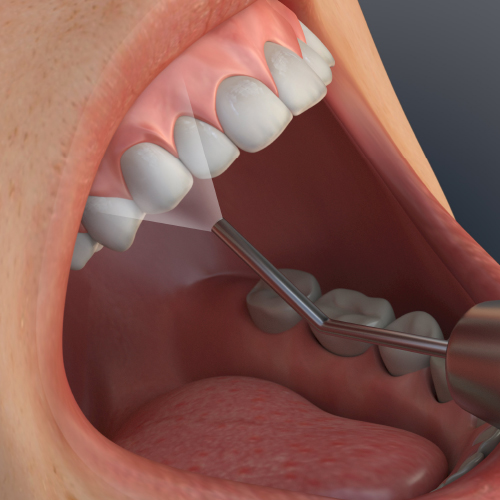
Dental Hygiene Protocols: Alterations for Optimal Infection Control
By Katrina M Sanders, RDH, BSDH, MEd, RF; Joy D. Void-Holmes, RDH, BSDH, DHSc, AADH
Source: Inside Dental Hygiene
Commercial Supporter: Dentsply Sirona - Preventative
This Inside Dental Hygiene eBook offers two continuing education (CE) articles on the latest in infection prevention, drawing on the experience of leading experts in the field. The dental community has experienced a perceived risk to their health and that of their patients, prompting a new perspective and focus. Learn more about updated infection control strategies. Download to earn 4 FREE CEU now!
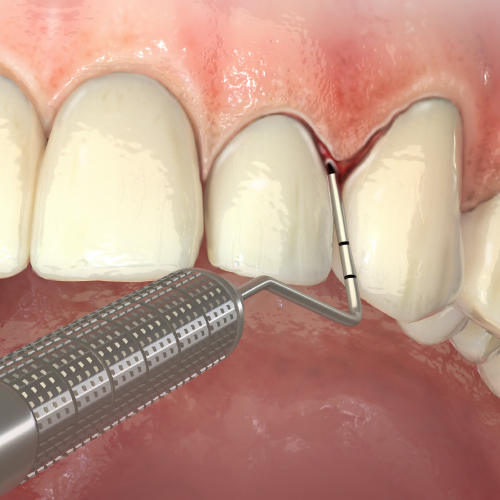
Periodontal Breakdown: Understanding the Process and Implementing Effective Chemotherapeutics
By Dianne Watterson, MBA, RDH
Commercial Supporter: GlaxoSmithKline
Successful treatment of periodontitis involves understanding how the disease progresses and implementing adjuncts for microbial control. Diseases of the oral cavity occur as a combination of microbial activity and the individual host response. Following definitive treatment for periodontitis, therapeutic care continues through supportive periodontal therapy, which differs from regular preventive care.
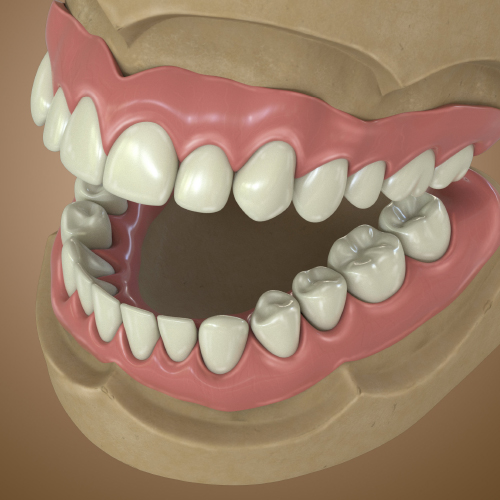
Dentures Are Not a Replacement for Teeth; They Are a Replacement for No Teeth
By Thomas Bilski, DDS
Commercial Supporter: GlaxoSmithKline
Providing dentures for dental patients perhaps may seem simple, but when the denture does not fit well and the patient is dissatisfied, the dentist is 100% responsible for this outcome. This article is a review of anatomical considerations and field judgements within the denture fabrication appointments.
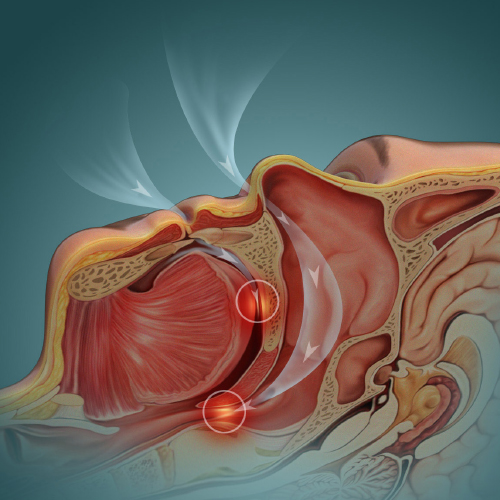
Obstructive Sleep Apnea: A Hidden Health Crisis
By Ashley Spooner, DDS
Source: PDS University™ – Institute of Dentistry
Commercial Supporter: PDS University — Institute of Dentistry
The article describes how dentists can play a critical role in the collaborative evaluation and treatment of patients with obstructive sleep apnea (OSA), ultimately improving their quality of life.

Transmission and Prevention of COVID-19
By Eve Cuny, MS
Commercial Supporter: Parkell
Preventing the transmission of COVID-19 in the dental office is a top priority for dental teams during the pandemic. Understanding the mode of transmission, what prevention strategies are effective for airborne diseases, and how to cope with the extended nature of this pandemic are all important in maintaining a safe work and care environment throughout the COVID-19 pandemic and beyond.
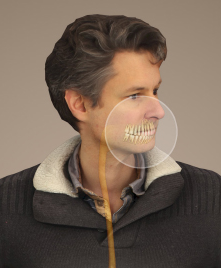
End to End: A Look at Select GI Tract Pathologies and Their Oral Manifestations
By Sherri Lukes, RDH, MS, FAADH
Source: Inside Dental Hygiene
Commercial Supporter: Parkell
Dental professionals are becoming more involved in interdisciplinary care, identifying symptoms in the oral cavity that may be indications of systemic disease. Beyond detecting and identifying oral symptoms, the dental professional also plays an important role in understanding when and how to make recommendations that will benefit the patient’s oral health and mitigate oral effects of systemic issues. Download to earn 2 FREE CEU now!
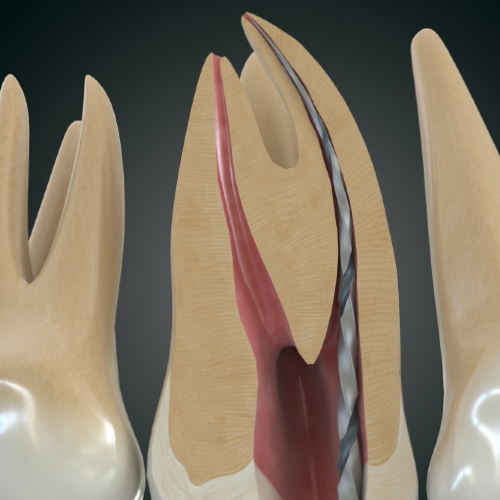
Root Canal Obturation: An Update
By Gregg Helvey, DDS, MAGD, CDT
Commercial Supporter: JS Dental Manufacturing
This article will review the history of obturation materials used in endodontic therapy and expand on the different materials that have been used in root canal obturation systems.
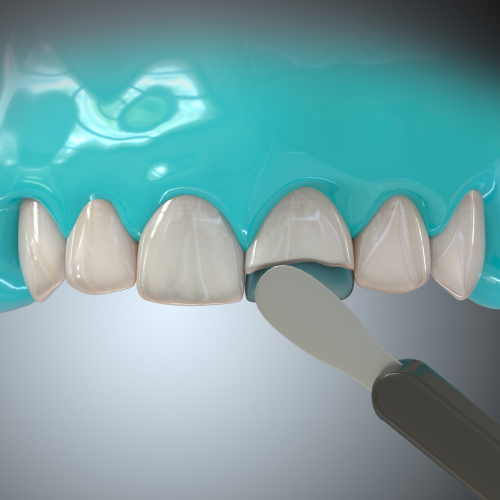
Direct Composite Restorations in Minimal Time
By Ronaldo Hirata, DDS, MS, PhD; and Camila Sobral Sampaio, DDS, MS, PhD
Commercial Supporter: Ivoclar Vivadent
This article discusses how the use of direct composites in restorations for some clinical procedures can be simpler and quicker than use of ceramics and other technologies that in recent years have often resulted in the practitioner doing too much restoring.
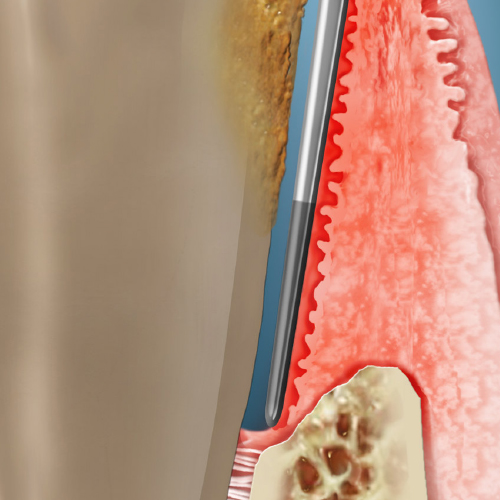
Review of Updated Periodontal Classifications for Personalized Patient Care
By Randy R. Terry, BS, RDH
Commercial Supporter: GlaxoSmithKline
This article discusses the revised periodontal classifications as outlined by the American Academy of Periodontology that supports a more intricate view of periodontitis, incorporating severity, tooth loss due to periodontitis, and complexity of management of the patient’s periodontal and overall oral rehabilitation needs.

Facial Injectables in Dentistry
By Bianca Velayo, DMD
Source: PDS University™ – Institute of Dentistry
Commercial Supporter: PDS University — Institute of Dentistry
In response to the heightened interest in facial esthetics in America, this article is designed to help practitioners discover the most common facial injectables used in dentistry for both cosmetic and therapeutic purposes.
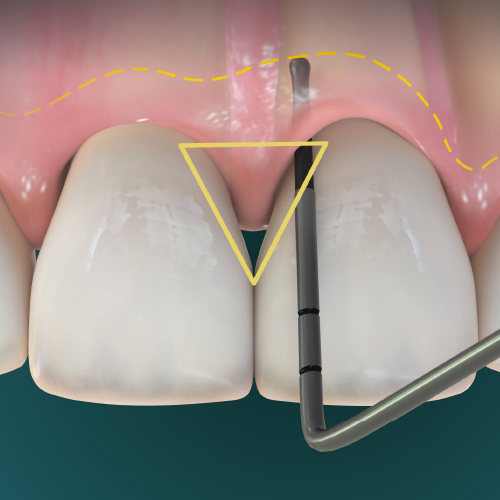
Direct Restorative Solutions for Black Triangles
By Jihyon Kim, DDS
Commercial Supporter: 3M
This article describes the injection molding protocol for eliminating “black triangles” (open gingival embrasures).
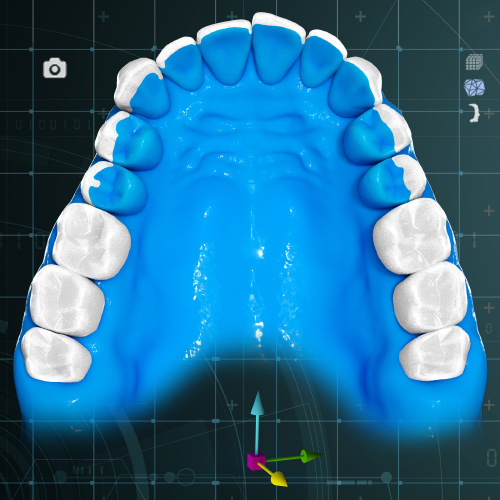
Intraoral Scanning in the Digital Age: From Acquisition to an Ecosystem
By Sundeep Rawal, DMD
Commercial Supporter: 3Shape
This article focuses on the benefits of incorporating intraoral scanning in the treatment of complex full-arch restorations for both natural tooth and implant dentistry to increase efficiencies, reduce clinical appointments, and decrease treatment costs to enhance patient care.
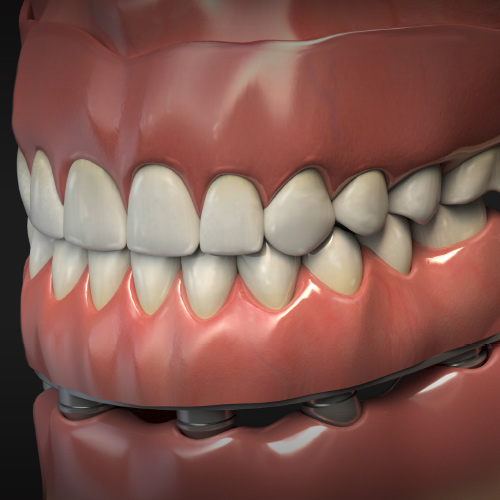
Advancements in Dentures
By Sia Abai, DDS, MMedSc
Commercial Supporter: Tokuyama Dental America
The delivery of the complete dentures is the starting point in the long journey of continued care for the individual. Patients will often receive continued care for many years after the reconstructive process of complete dentures. Due to the lack of surface area in the mandibular arch, advancements in denture prosthodontics have led to the addition of anchorage devices such as dental implants and attachments for the retention of mandibular complete dentures.
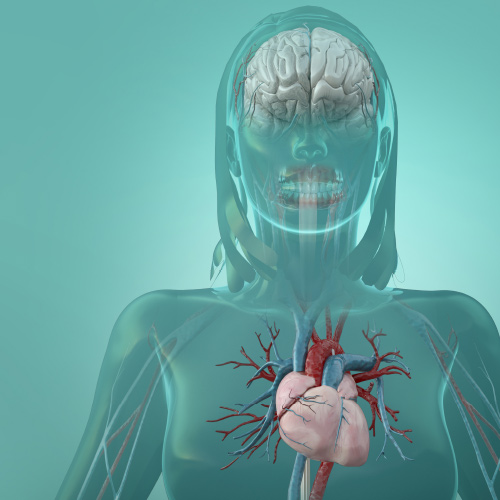
Inflammation: The Mouth-Mind-Body Connection
By Thomas M. Bilski, DDS
Commercial Supporter: GlaxoSmithKline
Inflammation can be a sign of various illnesses. Increases in patient populations entering a dental practice with multiple comorbidities has impacted case management and presentations for providing dental service to optimize oral and dental wellness. This article describes the problem and emphasizes the importance of overall management and treatment.
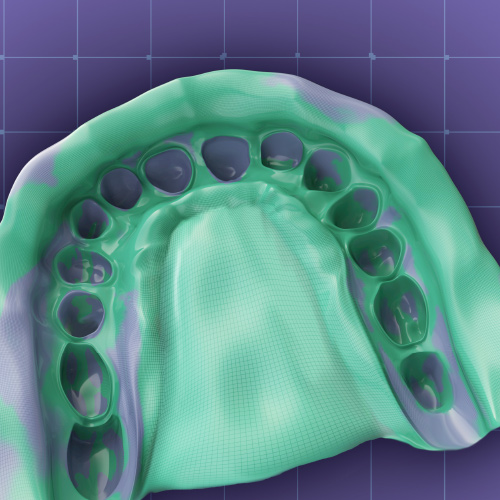
Mastering the Art of Dental Impressions
By Shannon Pace Brinker, CDA, CDD
Commercial Supporter: Kulzer
Dental impressions play a vital role in restorative dentistry. This article discusses how to master the art of impressions by understanding material characteristics, indication requirements, and techniques that will allow the clinical team to deliver quality dentistry that will last.
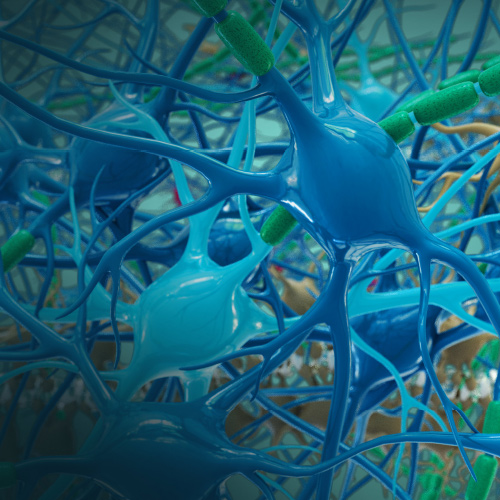
Pain Management Protocols and Proper Opioid Prescription
By Adam Burr, DDS
Commercial Supporter: PDS University — Institute of Dentistry
This article is designed to help dental practitioners discover tools and resources available to promote alternative pain management techniques and develop a simple protocol to maximize safety when prescribing opioids.
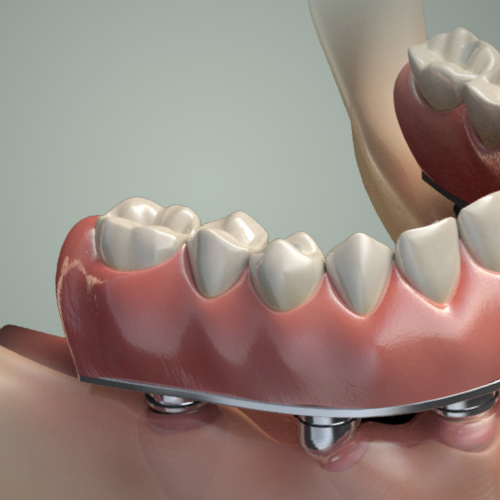
Cosmetic Implant Dentistry: Platform and Abutment Selection Considerations
By Thomas M. Bilski, DDS
Commercial Supporter: Keystone Dental
This article discusses implant dentistry from a cosmetic perspective, focusing on platform and abutment considerations in the esthetic zone. Evaluation of hard and soft tissue is described.
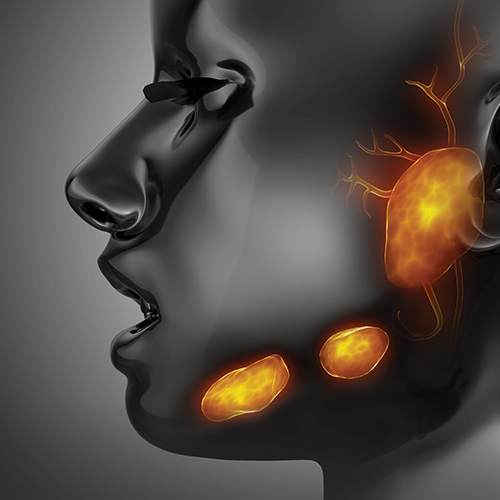
Xerostomia Update: Comprehensive and Systematic Diagnosis and Management
By Mark Donaldson, BSP, ACPR, PharmD, FASHP, FACHE
Commercial Supporter: GlaxoSmithKline
This article discusses how accurately diagnosing xerostomia is critical for patients to receive the best treatment possible. Successful treatment often involves a multimodal approach.
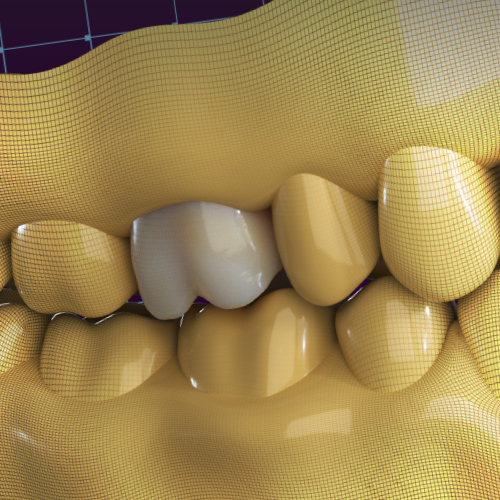
Digital Developments in Dentistry: The Accuracy of New Digital Techniques
By Justin Chi, DDS, CDT
Commercial Supporter: Glidewell Laboratories
This article explores two of the most ubiquitous recent developments in digital dentistry: digital impressions taken by intraoral scanning, and chairside CAD/CAM design software.
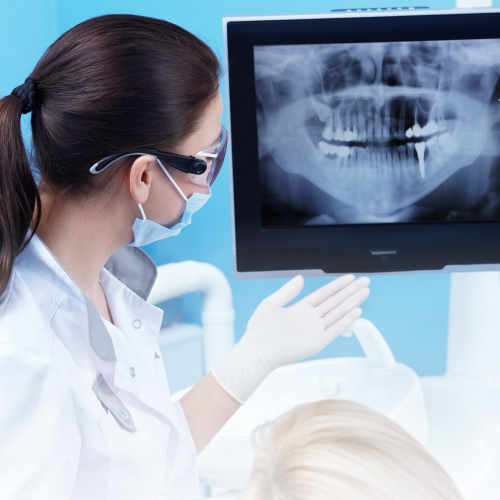
The Comprehensive New Patient Examination With Today’s Dental Technology
By Susan McMahon, DMD, AAACD
Commercial Supporter: Air Techniques, Inc.
The comprehensive dental new patient examination has been elevated from a visual mirror/explorer and radiograph examination to a much more sophisticated assessment of the total oral cavity and airway space. Clinical dentists are using digital intraoral scanning, caries detection technology, and cone-beam computed tomography imaging to get a complete picture of a patient’s oral condition.
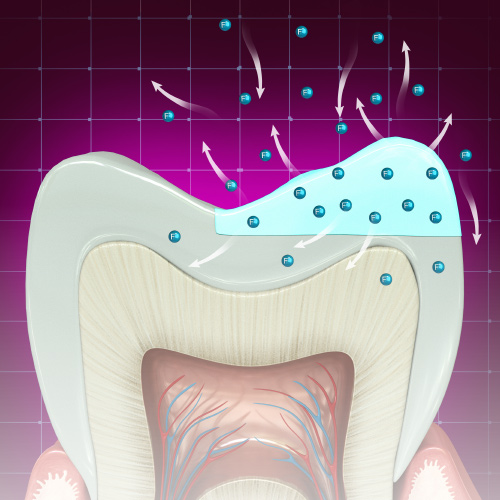
Technological Advancements for Restorative Treatment in Dentistry
By Chad C. Duplantis, DDS
Source: Shofu
Commercial Supporter: Shofu
This article will discuss advancements in science and technology that have greatly improved operatory capabilities with the ultimate goal of increasing clinical success. It will focus on several substantial digital improvements in caries detection and treatment, as well as development in restorative materials over the last century, with a particular emphasis on the most current advancements.
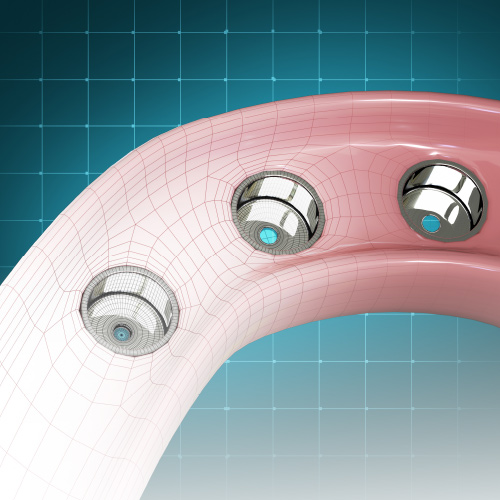
Removable Implant Solutions for the Edentulous Patient
By David A. Little, DDS
Commercial Supporter: Zest Dental Solutions
Overdentures are used to help partially and fully edentulous patients regain quality of life by promoting better digestion, slowing bone loss, helping retain facial structure, and providing comfort and overall confidence. The factors determining whether an implant-supported overdenture is the best option can be divided into patient level and arch level. Thorough review of these factors is crucial for determining the most satisfying and clinically successful option.
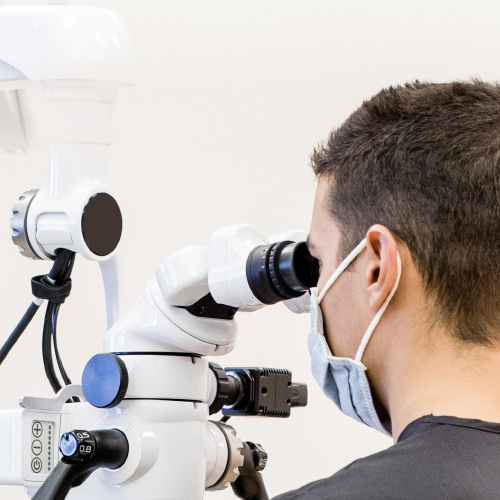
The Advantages of Using a Dental Operating Microscope
By Donato Napoletano, DMD
Commercial Supporter: Global Surgical Corporation
During the latter part of the last century, endodontics was the first specialty in dentistry to embrace the dental operating microscope (DOM). Other dental specialties followed. Dentists are finally realizing the importance of having optimal equipment for sight and working in a comfortable position that reduces fatigue and stress on the neck and back. DOMs have numerous benefits for the doctor compared with loupes and help facilitate communication between the doctor and the patient.
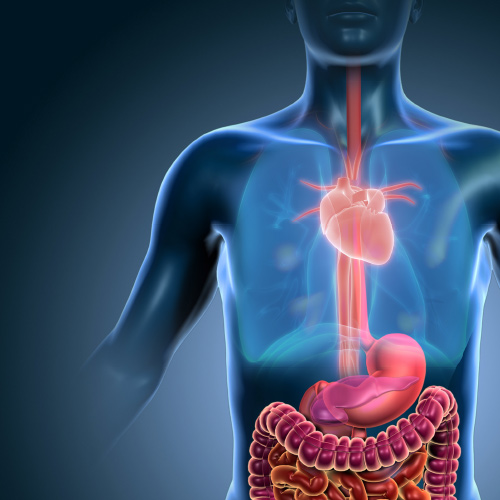
The Mouth-Body Connection: Exploring the Link by Investigating Leading Causes of Mortality
By Jamie Toop, DDS
Source: PDS University™ – Institute of Dentistry
Commercial Supporter: PDS University — Institute of Dentistry
This article discusses the leading causes of mortality in America and their relationship to oral health. It then explains how certain conditions are specifically related to the oral cavity. The article goes on to describe the need to manage risk factors that may lead to these conditions. It also emphasizes the need to provide education to increase awareness of the link between oral and systemic health in the interest of preventing and treating potentially deadly conditions.
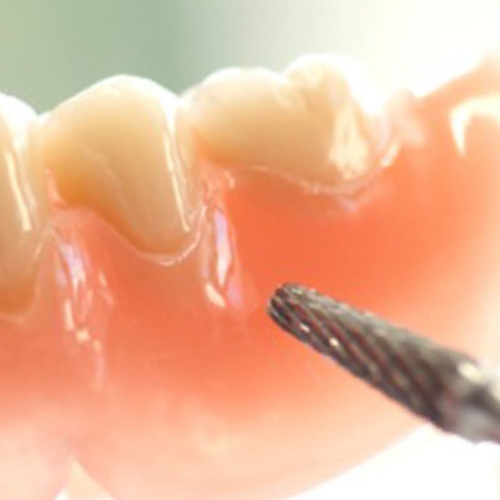
Making Predictable Removable Prosthodontics With Traditional and Digital Techniques
By Quyen Pham, DDS
Source: PDS University™ – Institute of Dentistry
Commercial Supporter: PDS University — Institute of Dentistry
Digital removable denture design software is relatively new. This article will explain the traditional removable denture device process and compare it with this new digital option, which has proven to be relatively efficient and facilitates the standardization of clinical results.

Enhancing Dental Patient Comfort Through Advanced Technology and Computer-Aided Local Anesthetic Delivery
By Cynthia K. Brattesani, DDS
Commercial Supporter: Milestone Scientific Inc.
Patients are more likely to remain loyal to a dental office when they understand the purpose and intentions of the practice and feel a connection to it. Computer-aided local anesthetic delivery is an important technology that demonstrates a practice’s commitment to an overall better experience for patients.

Discretionary Dentistry and the Patient Perspective
By Thomas M. Bilski, DDS
Commercial Supporter: LendingUSA
Many dental therapies are discretionary and require emotional and financial commitment from patients before they proceed. This article will discuss how the dental team, especially the treatment coordinator, can improve interactions with patients, drawing on research in consumer and patient perspectives toward health expenditures, to increase case acceptance levels.
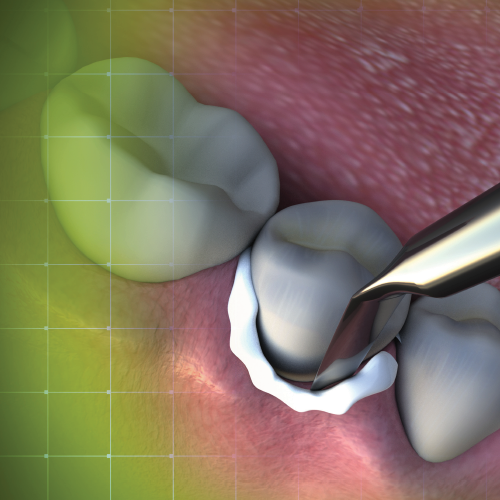
Ending Cementation Confusion in Dentistry
By Michael DiTolla, DDS
Commercial Supporter: Ivoclar Vivadent
Selecting the appropriate cement is critical to ensuring the success and longevity of a restoration. The goal of this article is to help clinicians make appropriate cementation decisions by discussing the qualities of cements and adhesives and then providing three questions to answer when considering cementation methods.
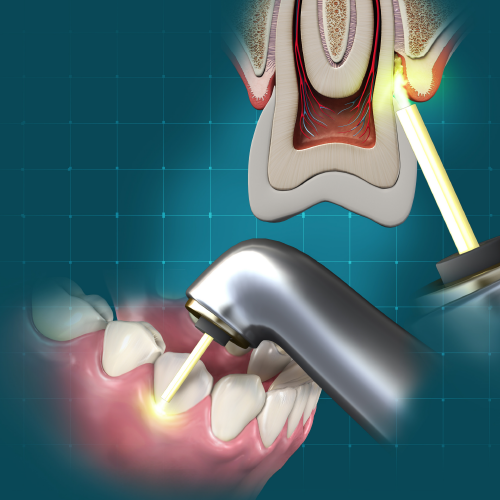
Getting Started With Lasers in Hygiene
By Jennifer Tumlinson, RDH
Source: PDS University™ – Institute of Dentistry
Commercial Supporter: PDS University — Institute of Dentistry
Lasers are an emerging medical technology. This article will evaluate the use of lasers in a hygiene protocol, including basic science topics as well as possible bactericidal effects and healing properties of soft-tissue diode lasers. Implementing lasers in the dental practice can lead to happier and healthier patients.
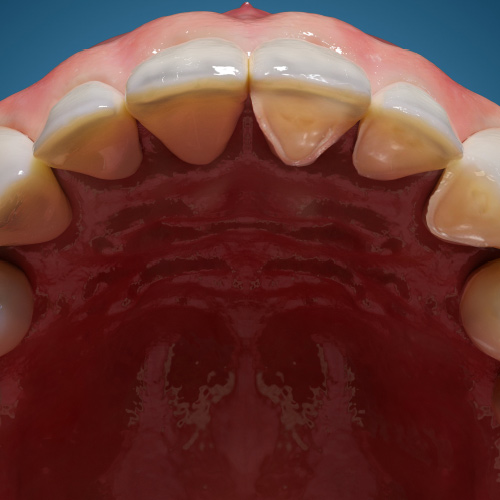
Dental Erosion: Definition, Causes, and Management
By Domenica Sweier, DDS, PhD
Commercial Supporter: GlaxoSmithKline
This article will discuss the characteristics of and factors contributing to dental erosion, along with management and treatment methodologies for the condition available to the dental healthcare provider. Dental erosion can be a challenge to diagnose because of similarities to other categories of tooth wear. Signs, risk indicators, and protective factors will be discussed in this article.
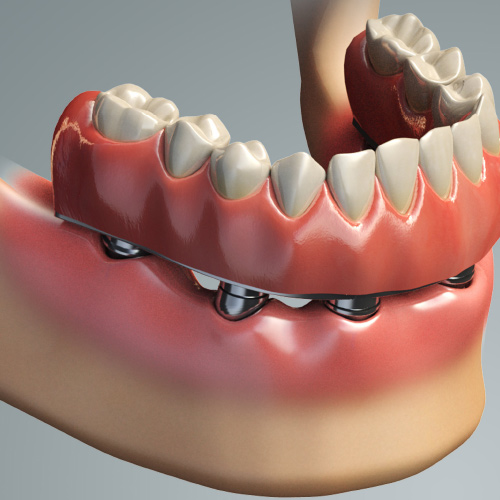
Prosthodontic Solutions for Edentulism
By Thomas M. Bilski, DDS
Commercial Supporter: GlaxoSmithKline
Edentulism is more common today than many oral practitioners may realize. This article will review and update restoration and maintenance of natural dentition, examine the health of the edentulous population, and focus on the prosthetic treatment model.
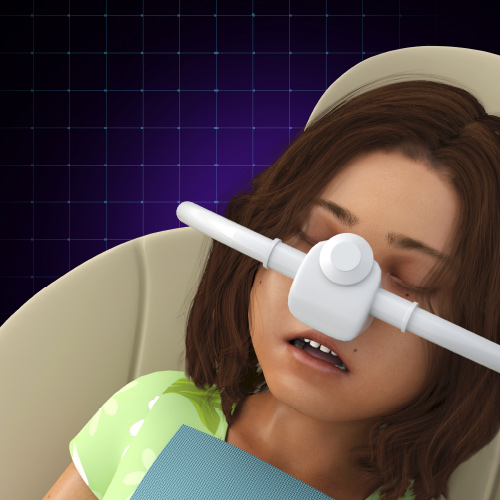
Pediatric Sedation for Dental Treatment: Safety and Compliance
By John R. Ayre, DDS
Source: PDS University™ – Institute of Dentistry
Commercial Supporter: PDS University — Institute of Dentistry
Pediatric sedation is a valuable adjunct to treatment in many cases where behavior management is necessary. Proper safety and training can ensure successful sedation; however, due to the unpredictable nature of children, it is imperative to approach each situation carefully. This article concludes that clinicians must follow a thorough and organized process for evaluating pediatric patients, discussing sedation with parents and managing risk to carry out treatment.
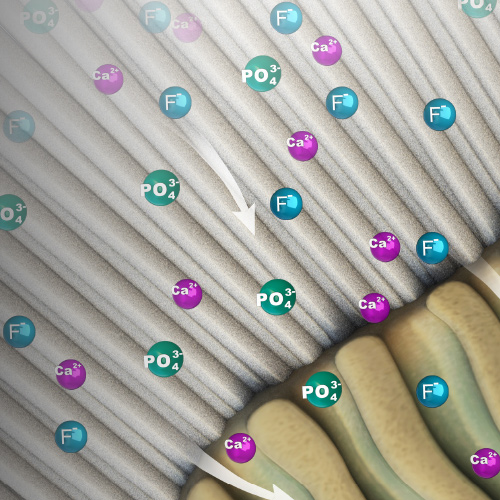
Bioactive Regenerative Materials and Their Impact on Dental Restoration
By Jack D. Griffin, Jr., DMD
Source: Shofu
Commercial Supporter: Shofu
This article covers bioactive regenerative materials and how they may create new opportunities for restorative dentistry. The author describes bioactive materials in relation to healing, acid neutralization, and prevention of further damage. This article also briefly describes how to use bioactive materials in specific cases.
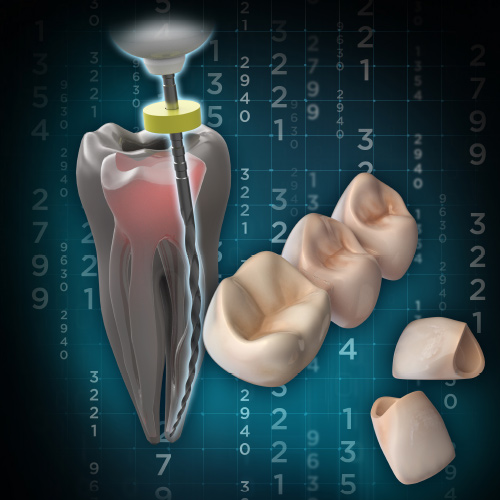
Five Underused Dental Codes that Dentists Should Consider
By Adam Burr, DDS
Commercial Supporter: PDS University — Institute of Dentistry
This article will identify five rarely used dental procedures and nomenclature (CDT) codes and instruct how to properly use them to maximize a patient’s insurance and facilitate same-day dentistry in a practice.
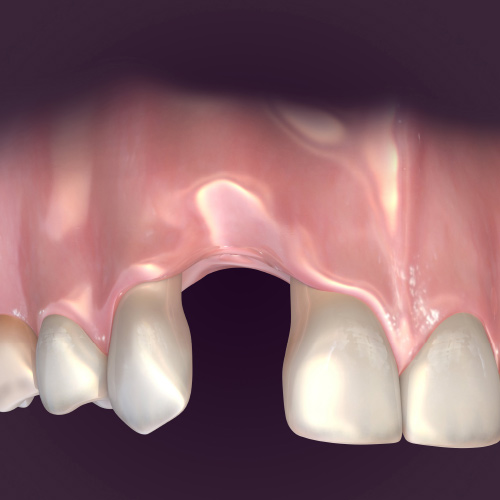
Edentulism: Causes, Implications, and the Role of the Oral Healthcare Practitioner
By Thomas M. Bilski, DDS
Commercial Supporter: GlaxoSmithKline
Many oral healthcare practitioners are unaware of the vast size of the population in the United States with edentulism. This article will review and update the socioeconomic factors and overall health factors associated with edentulism and provide information on diagnosis and treatment planning for the condition.
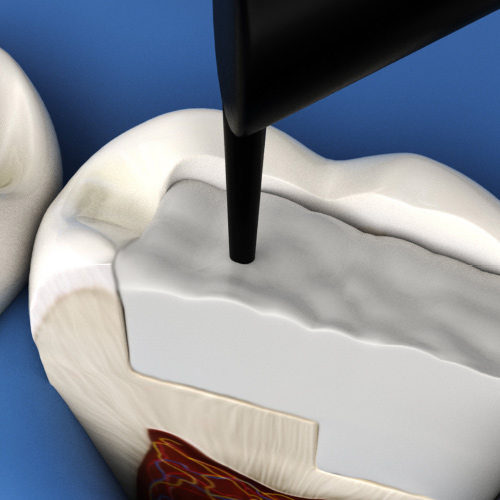
Advanced Posterior Composites
By Mario F. Romero, DDS
Commercial Supporter: Kerr Corporation
The aim of this article is to update the general practitioner on a variety of topics that affect the biologic response and longevity of posterior composite restorations. It is important for the dental practitioner to understand the science behind these restorations and learn techniques to effectively and efficiently complete them, providing patients with a better outcome and improving the overall practice.
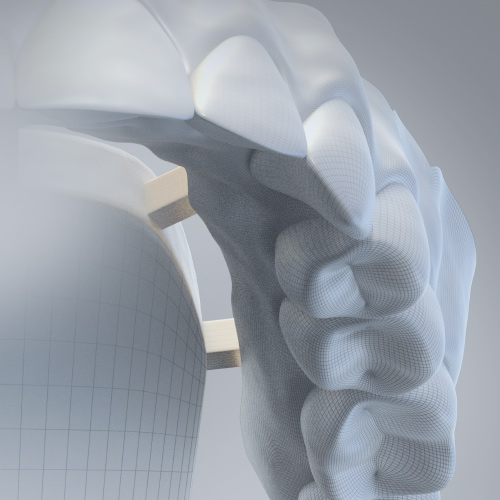
The Newest Evolution in Hybrid CAD/CAM Restorations
By Hugh Flax, DDS
Source: Shofu
Commercial Supporter: Shofu
This article will explore CAD/CAM technology in relation to the main restorative challenges it was developed to address, with a focus on recent advances, including new hybrid ceramic materials.
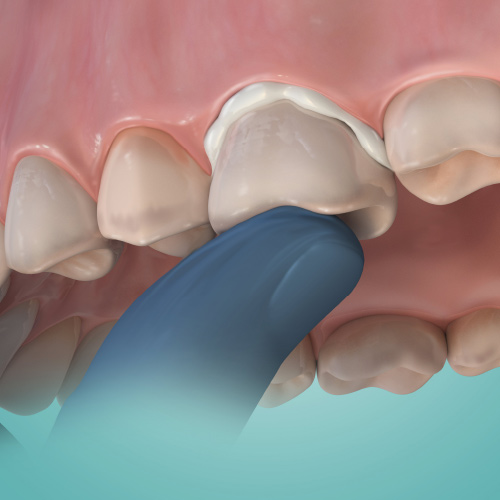
Clinical Decision-Making for Cement Selection
By Celine Arce, DDS, MS; Augusto Robles, DMD, MS; and Nathaniel C. Lawson, DMD, PhD
Commercial Supporter: Essential Dental Systems
This article will present the important clinical factors to consider when choosing a cement and cementation method for fixed prostheses.
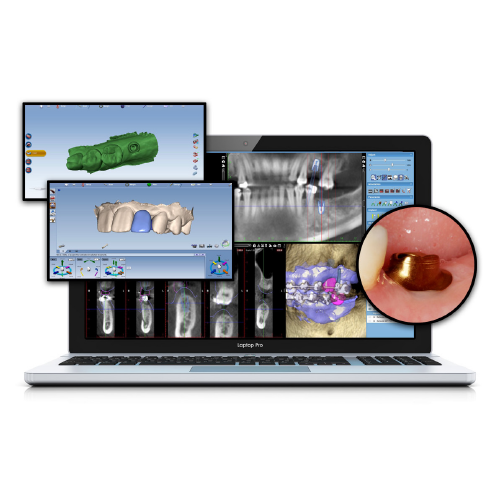
CAD/CAM: The Evolution of a Niche Product Into an Integral Part of Dentistry
By Clint Stevens, DDS
Commercial Supporter: Planmeca USA Inc.
This article discusses how the digitization of the dental profession has significantly evolved and expanded the role of chairside CAD/CAM systems, making them an integral part of modern comprehensive digital dentistry.
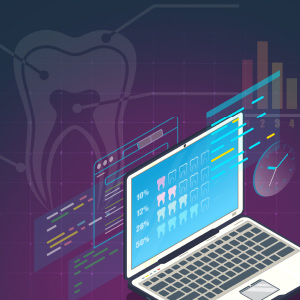
Strategies for a Dental Practice to Prevent or Prepare for a Clinical Audit
By Christine Taxin
Commercial Supporter: KaVo Imaging
This article reviews the need for dental charts to reflect accurate procedural and diagnostic reporting for insurance reimbursement and for a practice to be prepared in the event it becomes audited.
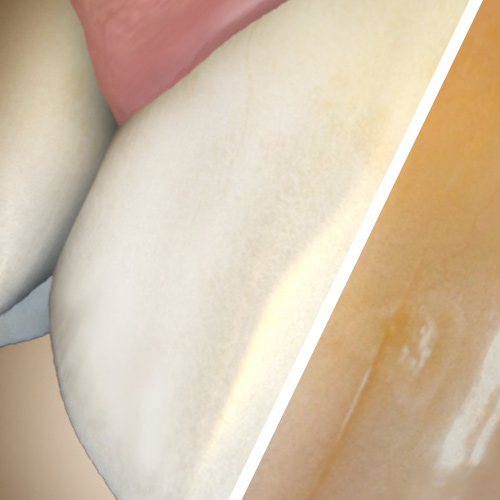
Tooth Whitening Options, Mechanism of Action, and Safety Considerations
By Connie Kugel, RDH, BS, and Gerard Kugel, DMD, PhD, MS
Commercial Supporter: Philips Oral Healthcare
This article will review the most common tooth-whitening options. Clinical cases will be shown to demonstrate the effectiveness of light-activated whitening alone and in combination with enamel microabrasion. Additionally, adverse events and possible side effects will be examined. Dentists should evaluate which of these tooth whitening options is best for their patients by taking into consideration their patients’ costs, time constraints, and restorative needs.
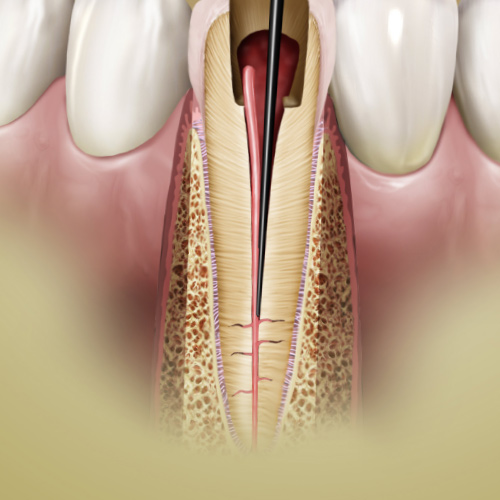
Improving Restorative Treatment Outcomes With Current Vital Pulp Therapy
By James Bahcall, DMD, MS, FICD, FACD; Seema Ashrafi, DDS, MS; and Quan Xie, DDS, PhD
Commercial Supporter: Brasseler USA®
Over the last several years, vital pulp treatment has changed in regard to procedure and materials used. This CE article will provide the clinician with details regarding these changes in clinical vital pulp therapy.
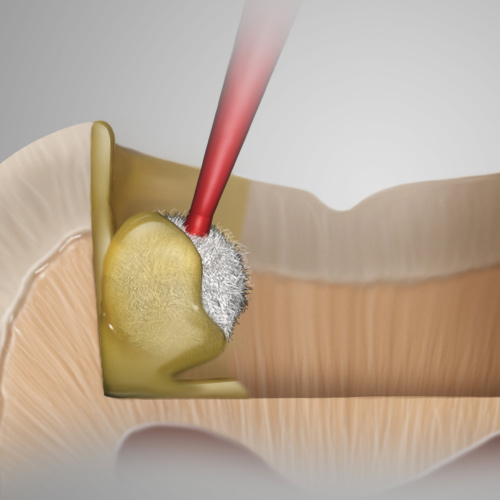
Giomer Technology and "Smart" Dental Materials
By Robert A. Lowe, DDS
Source: Shofu
Commercial Supporter: Shofu
One of the goals in the creation of new composite materials is to simplify the placement of direct composite resins without compromising the quality of the final result. Advancements have been made that allow clinicians to deliver high-quality restorations using direct tooth-colored restorative materials that can give patients a functionally esthetic, long-lasting result. Giomer technology incorporated into direct restorative materials also provides biologic benefits that can potentially extend the life of the restoration and the tooth.
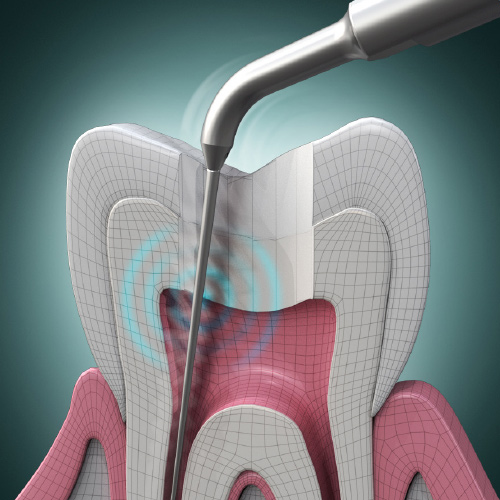
Paradigm Shifts in Endodontics
By James A. Smith, Jr., DMD
Commercial Supporter: Sonendo
This eBook describes how the specialty of endodontics has been particularly impacted by two distinct technological advances enabling the trained practitioner to become a better diagnostician and deliver a high level of patient care: the dental operating microscope (DOM) and cone-beam computed tomography (CBCT).
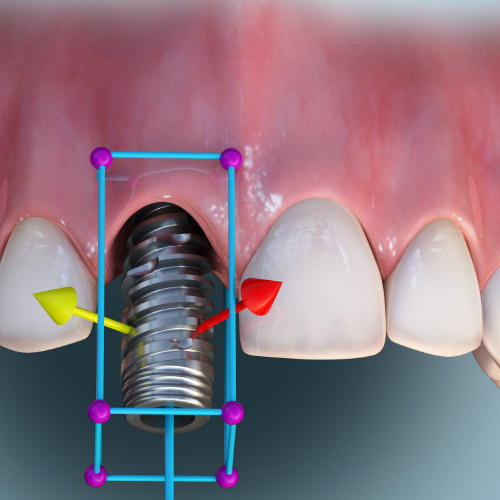
CBCT for Implant Dentistry Treatment Planning
By Thomas M. Bilski, DDS
Commercial Supporter: HDX WILL
This eBook describes how cone-beam computed tomography (CBCT) use in combination with laboratory treatment-planning software and a guided-surgery approach allows clinicians to use flapless implant placement, which is less invasive and associated with high patient satisfaction, reduced patient discomfort, and improved soft-tissue outcomes.
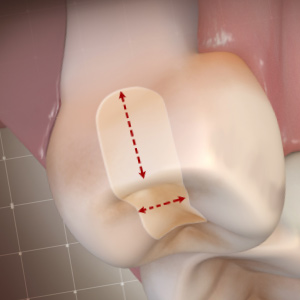
Bulk-Fill Advances in Posterior Restorations
By Marcos Vargas, DDS, MS
Commercial Supporter: 3M
In this article, topics surrounding bulk-fill posterior composites are explored. A step-by-step clinical application is provided to allow readers to obtain a thorough understanding of how bulk fills can simplify posterior restorations.
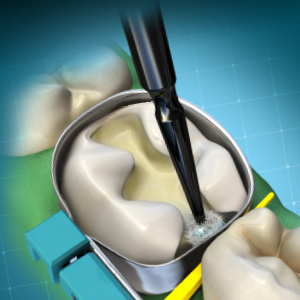
Posterior Direct Restorations: Simplifying Treatments for More Predictable Outcomes
By Jason Olitsky, DMD
Commercial Supporter: Ivoclar Vivadent
This article describes the types of composite resins. It also compares posterior amalgam restorations to composite resin restorations and addresses how to deal with potential postoperative sensitivity and posterior interproximal contacts. In addition, it explores the option of bulk filling restorations, as well as the advantages and disadvantages of universal adhesives.
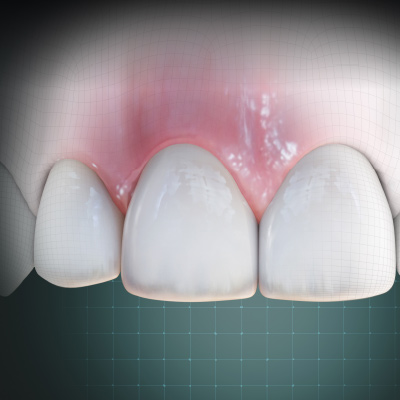
Esthetics and Strength of Dental Ceramics, With ZLS Case Studies
By J William Claytor, Jr., DDS, MAGD
Commercial Supporter: Dentsply Sirona - Restorative
This article reviews the dental ceramic materials and brands that have been available through in-office chairside CAD/CAM (blocks) and dental laboratory (press and blocks) ceramics in relation to esthetics, strength, and durability. The article concludes with a focus on the ZLS pressed material, including case studies.
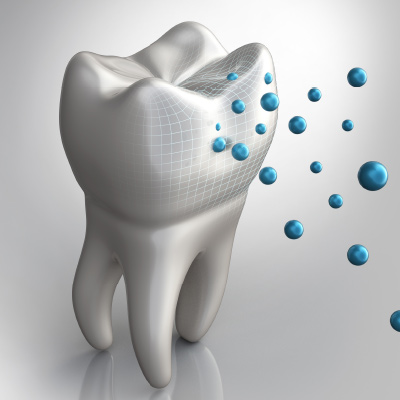
Proactive Intervention Restorative Dentistry
By Fay Goldstep, DDS
Source: Shofu
Commercial Supporter: Shofu
This article will discuss how to successfully incorporate minimally invasive techniques that preserve tooth structure, are patient friendly, and create patients for life. Changing from a surgical model to a medical model has changed the way dentists deal with caries.
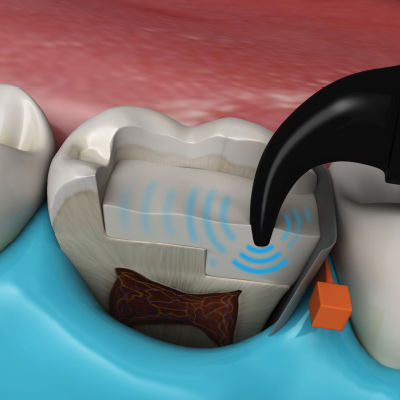
New Technology for Proactive Patient Care
By Scott Coleman, DDS
Commercial Supporter: Kerr Corporation
This article reviews technologies and materials that are reshaping practitioners' ability to deliver consistent and optimal clinical outcomes.
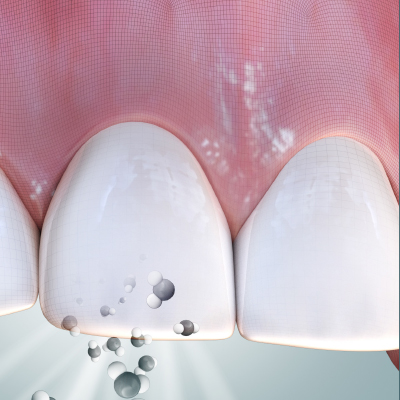
A Scientific Review of an All-Natural Teeth Brightening Experience
By Peter Vanstrom, DDS
Commercial Supporter: Curaprox - A Division of Curaden
This article reviews various whitening products, such as activated charcoal and blue covarine, with its optic blue illusion instant whitening effect, and examines how to strengthen teeth and maintain healthy smiles through solutions such as nano-hydroxyapatite and fluoride.
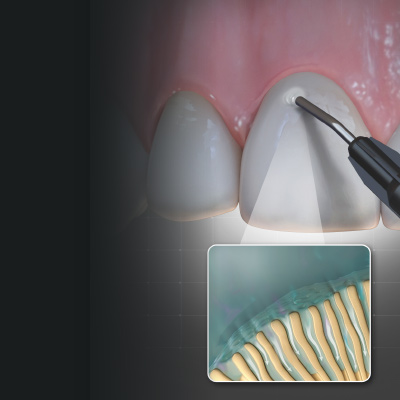
Mastering Direct Restorations: How to Navigate Critical Advancements in Composites and Adhesives
By Lee Ann Brady, DMD
Source: Kulzer
Commercial Supporter: Kulzer
Dental restorative materials have seen significant changes over the years. This article provides an overview of advancements in direct restorative materials such as composites and adhesives as a guide for dentists to explore all options.
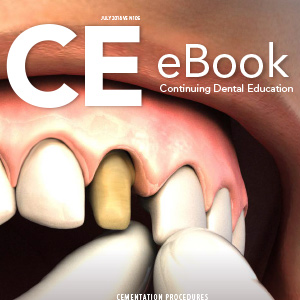
Cementation Simplification: Taking the Mystery Out of Doing Things Correctly
By David S. Hornbrook, DDS
Source: BISCO
Commercial Supporter: BISCO, Inc.
There is more than one option to predictably cement an indirect restoration. This article reviews the types of materials available and provides recommended cementation protocols for different restorations.
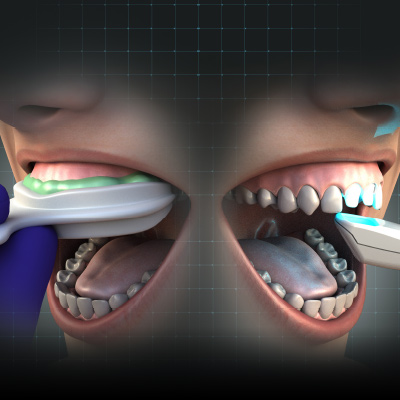
Digital & Analog: Dentistry in a Hybrid World
By Lee Ann Brady, DMD
Source: Kulzer
Commercial Supporter: Kulzer
This article describes the excellent systems that have been designed for dental clinicians to navigate the ground between analog and digital dentistry, giving them time to decide when and where to incorporate more digital technology.
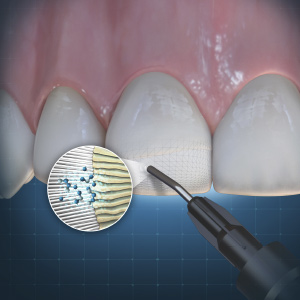
Providing an Environment Where Tissues Can Regenerate
By Jack D. Griffin, Jr., DMD
Source: Shofu
Commercial Supporter: Shofu
To complete a successful restoration, the goals are to master techniques and materials that create an environment in which tissue can regenerate or heal instead of being sensitive or irritated. This article describes examples to better illustrate these goals.
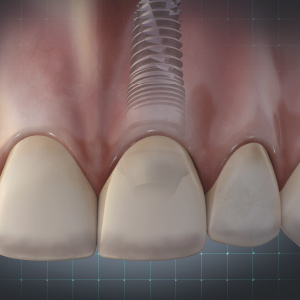
Implant-Supported Restoration Techniques
By Gregg Helvey, DDS, CDT
Source: Parkell
Commercial Supporter: Parkell
This article reviews implant-supported restoration techniques. It explains the advantages and disadvantages of screw-retained versus cemented implant-supported restorations and the variations in techniques in the fabrication process. It also describes a technique in restoring the loss of gingival tissue with implant restorations in the anterior region.
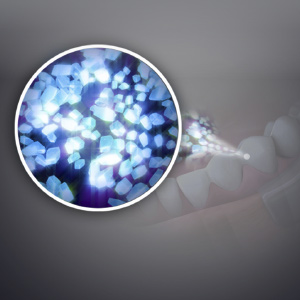
Glass-Ceramics: Processing and Properties
By Russell Giordano II, DMD, CAGS, DMSc
Commercial Supporter: Dentsply Sirona - Restorative
This article focuses on the recently expanded options of glass-ceramics. It also reviews the microstructural components of glass-ceramics and their processing techniques.
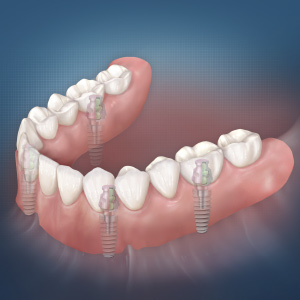
Immediate Loading of the Full Arch
By Pär-Olov Östman, DDS, PhD, MD
Commercial Supporter: Zest Dental Solutions
This article provides insights into the basics of surgical and restorative prerequisites for immediate loading a full-arch fixed implant-supported restoration through various methods.
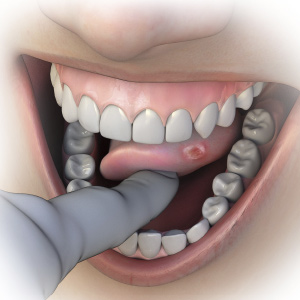
Oral Pathology: Techniques for Detection and Differential Diagnosis
By Cynthia Blendermann Perone, DDS
Source: PDS University™ – Institute of Dentistry
Commercial Supporter: PDS University — Institute of Dentistry
This article provides information to help identify, screen and diagnose common oral pathologies and oral abnormalities.
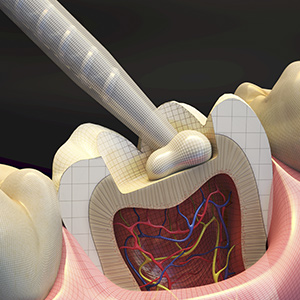
The Next Generation of Composites: Uncomplicated Esthetics and Handling
By Parag Kachalia, DDS
Source: Kerr
Commercial Supporter: Kerr Corporation
This article explains how it is now possible to achieve strong and esthetic restorations without compromise by using new and improved materials, techniques, and processes.
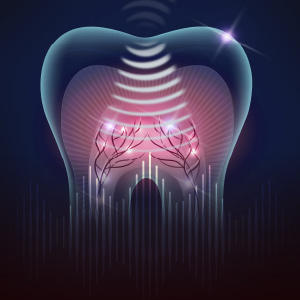
Advancements in Root Canal Therapy: New Technology to Improve Patient Outcomes
By Thomas V. McClammy, DMD, MS; Enrico DiVito, DDS
Commercial Supporter: Sonendo
This article describes how the success rates for endodontic procedures can be quantifiably and qualitatively improved with the use of new multisonic technology, which provides a far more conservative and thorough methodology than common root canal procedures.
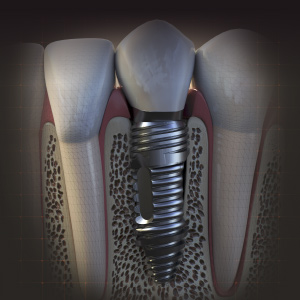
Implants by the Numbers
By G. Scott Sauer, DDS
Source: PDS University™ – Institute of Dentistry
Commercial Supporter: PDS University — Institute of Dentistry
This article will help restorative dentists gain a thorough understanding of some of the best practices for achieving functional esthetic implant restorations.
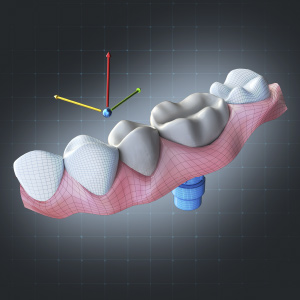
Find Me if You Can: The CAD/CAM Chameleon Effect
By Dhaval Patel, DDS
Source: PDS University™ – Institute of Dentistry
Commercial Supporter: PDS University — Institute of Dentistry
This article explores a methodology and approach to creating esthetic, successful restorations with CAD/CAM technology in the dental practice, providing specific recommendations for high-quality results.
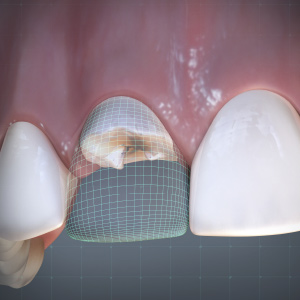
Managing Tooth Loss and Esthetics in a Single Visit
By David Burt, DDS
Source: Parkell
Commercial Supporter: Parkell
This article describes how technology and procedural knowledge have allowed dentistry to not only be painless, but also esthetic, shortly after a tooth is lost.
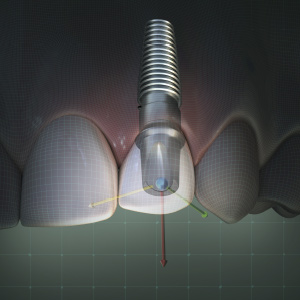
Digital Scanning and Implants
By David Burt, DDS
Source: Parkell
Commercial Supporter: Parkell
This article explores how digital scanners can be used for impressions in implant procedures.
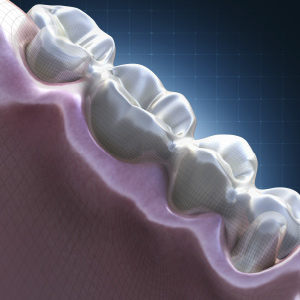
Managing Gingival Tissue During Crown Cases: Techniques in Soft-Tissue Displacement
By Jeffrey B. Dalin, DDS
Source: Parkell
Commercial Supporter: Parkell
This article explains how achieving expertise in technique-sensitive tissue retraction methods will lead to restorations that ultimately seat easier and require fewer adjustments.
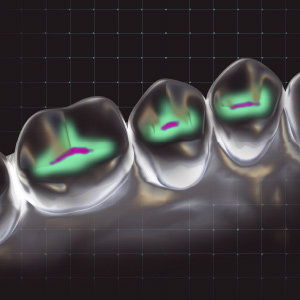
The Use of Digital Technology for More Thorough Dental Caries Diagnostics
By Lester Appell, DDS
Commercial Supporter: DEXIS
This article presents a review of modernized caries detection technologies, including their advantages and disadvantages.
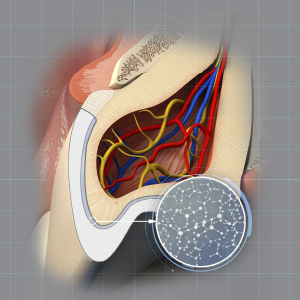
Practical Cementation Protocols
By Sheri B. Doniger, DDS
Source: Inside Dental Products
Commercial Supporter: BISCO, Inc.
Confidence in cementation protocol is a key factor in long-term restorative success. This article summarizes the cements available as well as newer options for use with many different substrates.
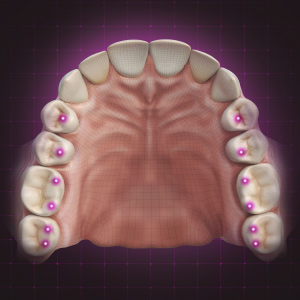
Creating an Organized Occlusion That Reduces Functional Risk
By Lee Ann Brady, DMD
Commercial Supporter: Bausch Dental
This article describes a system of steps for designing an optimal occlusion that was determined by the author through clinical research and experience gained through patient care.
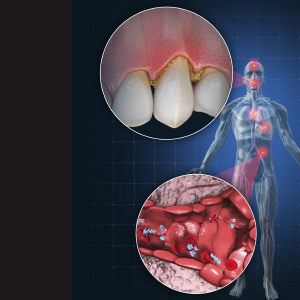
The Interrelationship Between Nutrition and Oral Health and the Impact of Diabetes
By Karen Lau, MS, RD, LDN, CDE
Source: Inside Dental Hygiene
Commercial Supporter: Sunstar Americas, Inc
Diabetes, oral health, and nutrition are interrelated, with inflammation being an important link. This article explains the importance of oral healthcare professionals to encourage interventions in these disciplines so these professionals can help allay diabetes and its complications, along with other related issues, in their patients.
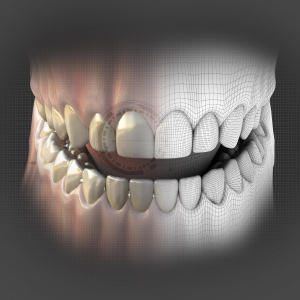
Digital Workflow in Restorative Dentistry
By Thomas Bilski, DDS
Source: Independent Dentist Network (IDN)
Commercial Supporter: Planmeca - E4D Technologies
This article will expound on the steps involved in digital workflow in restorative dentistry while presenting several cases demonstrating the workflow principles.
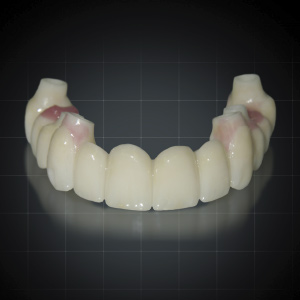
Occlusal Considerations in Full-Arch Implant-Supported Fixed Prosthetics
By Michael C. Verber, DMD
Commercial Supporter: Preat Corporation
This article will explore the differences between implants and teeth that expose implant prosthetics to unmitigated occlusal forces. The advantages and disadvantages of various prosthetic options and materials will also be discussed.
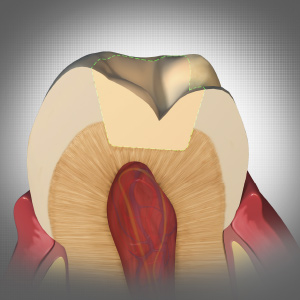
Understanding Today's Bulk-fill Posterior Composite Restoration Techniques
By Todd C. Snyder, DDS
Source: Parkell
Commercial Supporter: Parkell
This article reviews the characteristics of bulk-fill composites and outlines technique recommendations for preventing polymerization shrinkage, postoperative sensitivity, and microleakage.

Developing an Online Presence Through Search Engine Optimization and Website Design
By Lou Shuman, DMD, CAGS
Commercial Supporter: KaVo Dental
This article offers a basic understanding on how dental practices can retain loyal patients and attract new ones by cultivating a significant online presence.
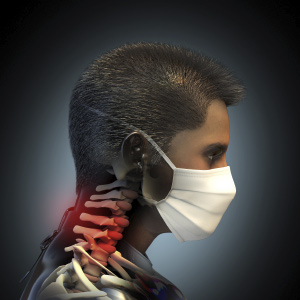
Prevention and Treatment of Work-related Musculoskeletal Disorders in Dentists
By Juanita Benedict, DPT, CEAS II
Commercial Supporter: Orascoptic
Work-related musculoskeletal disorders (WMSDs) have become a global problem in dentistry. Read this eBook to learn about a multifactorial approach to WMSD prevention.
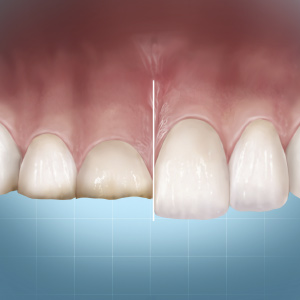
Minimally Invasive Restoration of Worn Dentition: Understanding “Complete Dentistry” Concepts
By Ian Buckle, DDS
Source: Dawson
Commercial Supporter: Dawson Academy
Understanding the complete dentistry process and occlusion is the key to providing minimal cost-effective, predictable, long-lasting, and esthetic restorations that are appropriate for each individual.
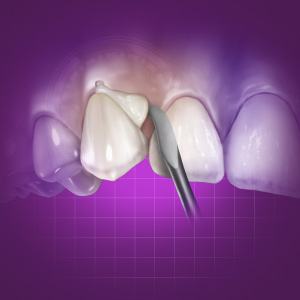
Zirconia Cementation: Increasing Predictability
By Gregory Gillespie, DDS
Commercial Supporter: Doxa
This article explains how in order to maximize the effectiveness of ceramic restorations, you need to determine the process by which you select which cement to use in every indirect cementation process and to understand how zirconia differs from classic glass ceramics.
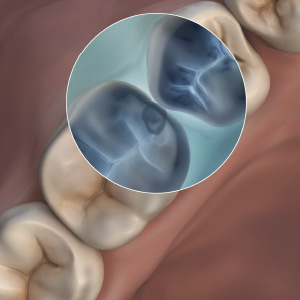
Adapting Non-Ionizing Radiation Transillumination Technology for Caries Detection
By Jan Myskowski, RDH
Commercial Supporter: DEXIS
This eBook provides an overview of how the advent of nonionizing radiation (NIR) transillumination technology provides dental professionals with another diagnostic tool that may be better suited for certain clinical situations.
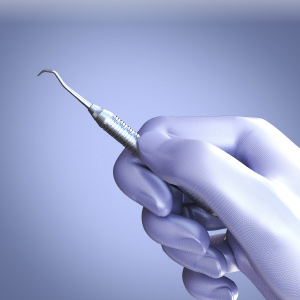
Maximizing Resources: Simplifying Dental Hygiene Instrumentation
By Brenda Sharp McCarson, RDH, BS
Commercial Supporter: Brasseler USA®
This article explains how to simplify dental hygiene instrumentation into cassettes with fewer and more advanced instruments in order to realize various benefits for dental hygienists, patients and practices.
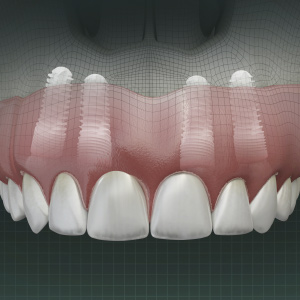
Removable Prosthetic Options for Implant Dentistry
By Thomas Bilski, DDS
Source: Parkell
Commercial Supporter: Parkell
This article explores several factors to be considered when determining prosthetic possibilities, including proper fit, timing and sequencing, reline therapies, and the process of transitioning from fixed-appliance therapy to removable therapy.
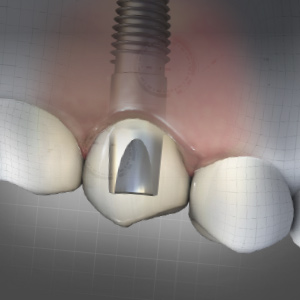
The Importance of Using Authentic Implant Parts
By David A Burt, DDS
Commercial Supporter: Jesse & Frichtel Dental Labs
This article reviews the characteristics and importance of the relationship between authentic, integrated implant system components and outlines the potential consequences that could arise from mixing aftermarket parts with other implant components.
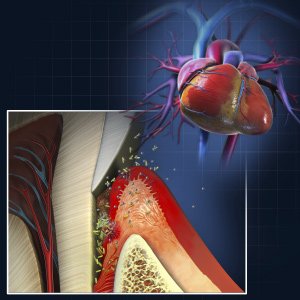
Biofilms: The Oral-Systemic Connection
By Gregori M. Kurtzman, DDS, MAGD
Source: Inside Dental Assisting
Commercial Supporter: Philips Oral Healthcare
This article discusses how the formation of oral biofilm can be a major factor leading to periodontal disease and also describes maladies associated with periodontal disease.
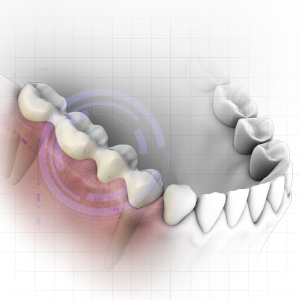
A Collaborative Approach to Digitally Restoring the Partially Edentulous Arch
By Chad C. Duplantis, DDS
Commercial Supporter: DenMat
This article uses a case study to demonstrate that although digital methods have benefitted everyday dental practices, communication among the team remains necessary.
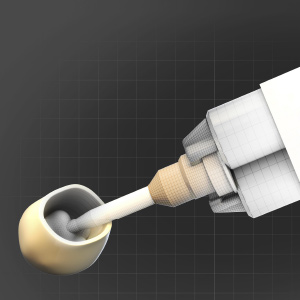
Sound Clinical Protocol for Bonding Ceramic Restorations
By Nathaniel C. Lawson, DMD, PhD
Commercial Supporter: Essential Dental Systems
This article reviews the decision-making process of when to bond, steps for bonding zirconia and glass-based crowns, techniques for cleaning ceramics prior to bonding and the rationale for choosing different resin cements.
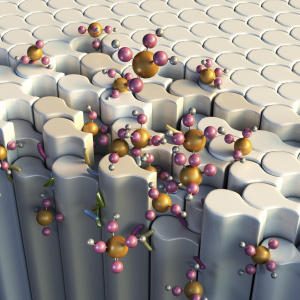
Biomineralization: The Next Step in Restorative Dentistry
By John C. Comisi, DDS, MAGD
Source: Shofu
Commercial Supporter: Shofu
This article describes how dentistry's effort to overcome the challenges of resin-bonded adhesives is leading to a change in methodology toward the use of biomineralization.
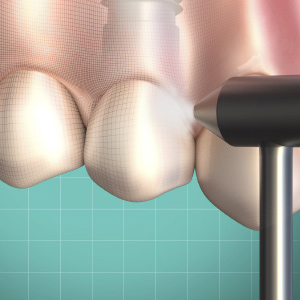
Air Polishing for Implant Maintenance
By Alan Edel, BDS
Commercial Supporter: Johnson-Promident
This article discusses homogeneous stream technology air-polishing devices that can be used routinely for implant maintenance, biofilm removal around implants and cleaning around implants.
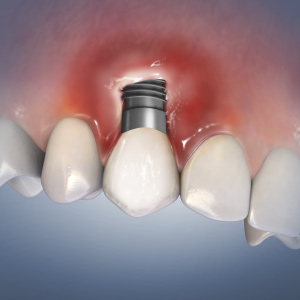
Understanding Peri-Implant Diseases: Etiology, Prevention, and Treatment
By Stuart J. Froum, DDS; and Paul S. Rosen, DMD, MS
Commercial Supporter: OsteoHealth
This article reviews the etiology, risk factors, prevention, and diagnosis of peri-implant diseases, as well as treatment techniques. In particular, a combination approach is described that has demonstrated predictable10- year success rates.
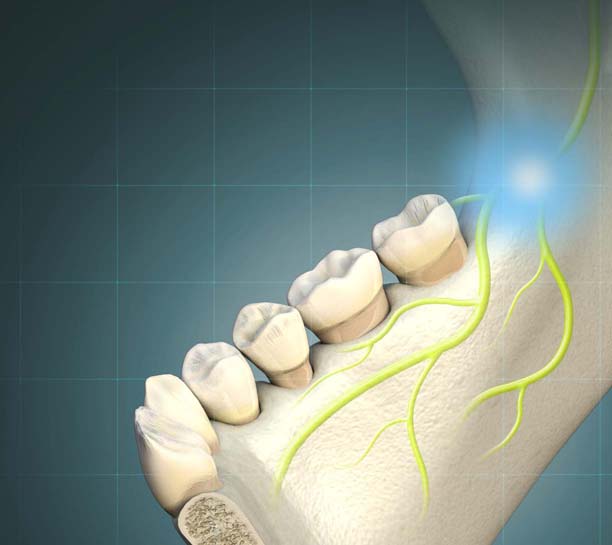
Using Buffered Anesthesia and Injection Techniques to Reduce Pain and Improve Effectiveness
By Dan Davidian, DDS
Commercial Supporter: Anutra Medical
This article discusses the history, evolution, and purposes of local anesthetics as well as describes the best practices for injections and administration.
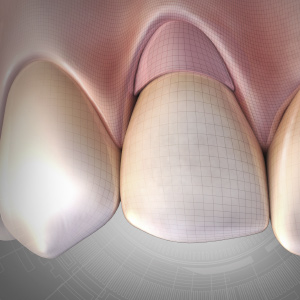
Pink Techniques and Esthetics With Fluoride-releasing Bioactive Gingiva-colored Nanohybrid Composites
By Frank J. Milnar, DDS
Source: Inside Dental Assisting
Commercial Supporter: Shofu
This article explains the mechanics of building prosthetic gingival restorations with bioactive pink composites.
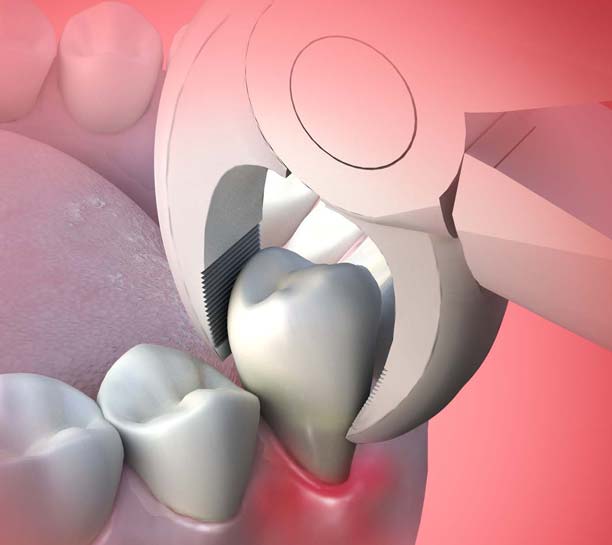
Atraumatic Tooth Extraction for Bone Preservation
By Eric Schuetz, DMD
Commercial Supporter: Directa AB
This article describes the characteristics of atraumatic tooth extraction techniques and explains the significance of these techniques for dental implant success.
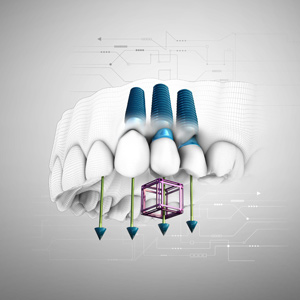
CBCT and Digital Technology for Prosthetically Driven and Guided Implant Placement Surgery
By Armen Mirzayan, DDS
Commercial Supporter: Burbank Dental Laboratory Inc.
By digitally planning ideal implant location, position, and angulation—and ensuring this is achieved through the use of a digitally created surgical guide—the digital implant treatment workflow enables control and evaluation of all aspects and components of the treatment.
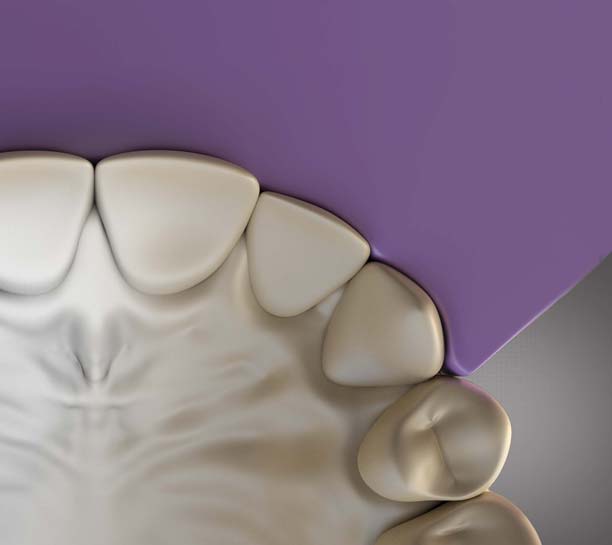
Beyond Vinyl Polysiloxane Impressions: The Many Uses of VPS in Restorative Procedures
By Howard E. Strassler, DMD
Commercial Supporter: Parkell
This article examines several of these expanded uses of VPS that enhance the way clinicians practice dentistry.
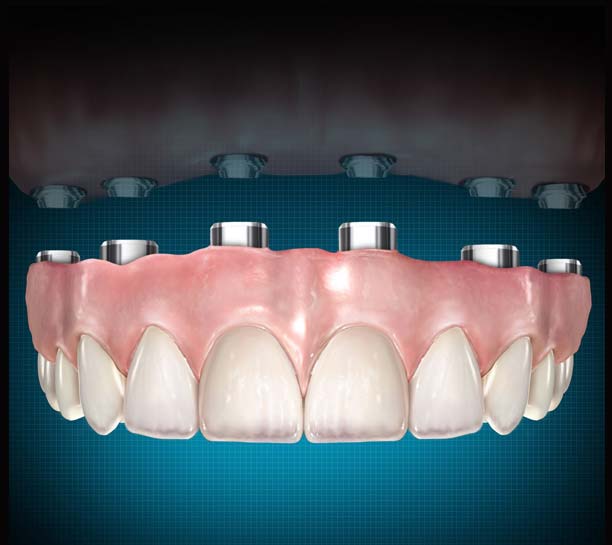
Using a New Attachment System for Fixed Full-Arch Restorations
By Robert Del Castillo, DMD
Commercial Supporter: Zest Dental Solutions
This article explains the necessary considerations when selecting cement- or screw-retained abutments for full-arch prostheses.
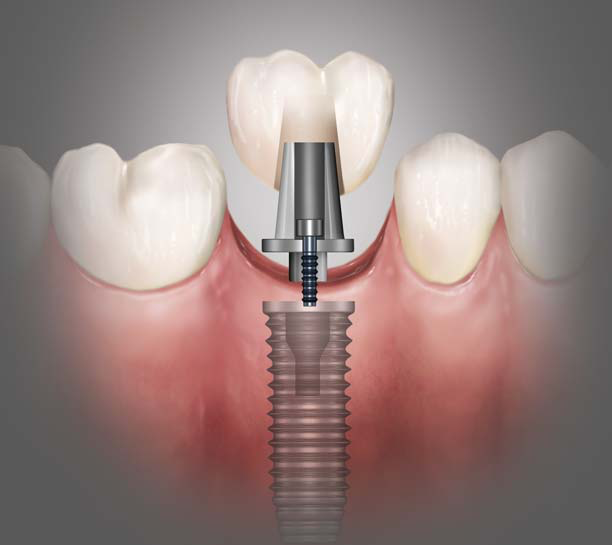
Demystifying Single-Tooth Implant Placement and Restoration
By Ken Hebel, DDS
Source: Nobel Biocare
Commercial Supporter: Nobel Biocare
This article illustrates these concepts and demonstrates their application in the treatment of a female patient missing a central incisor.
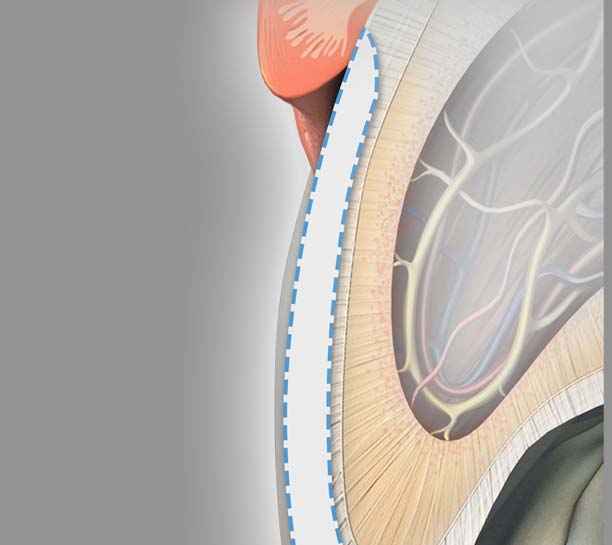
Creating Veneer Provisionals Using Silicone Matrices and Models
By Lee Ann Brady, DMD
Source: Parkell
Commercial Supporter: Parkell
This article reviews three specific provisionalization techniques and the materials and armamentarium that could be selected for use during the process, including silicone matrices and silicone models.
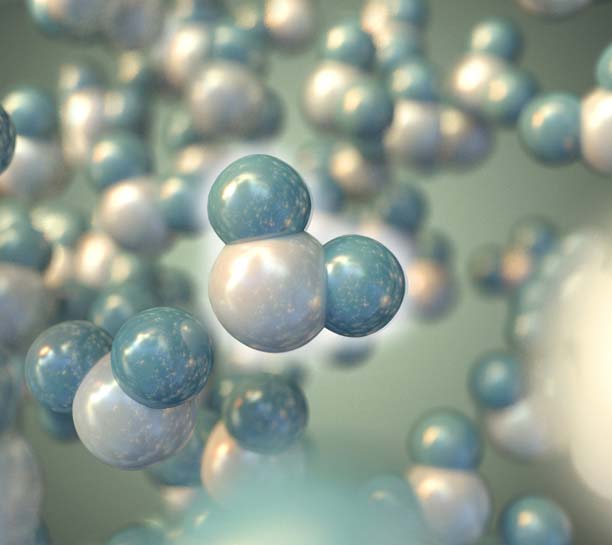
Bioactive Material Considerations for Vital Pulp-Capping Protocols
By Mark L. Cannon, DDS, MS
Source: Inside Dental Assisting
This article reviews the development of bioactive pulp-capping materials in response to demanding clinical requirements.
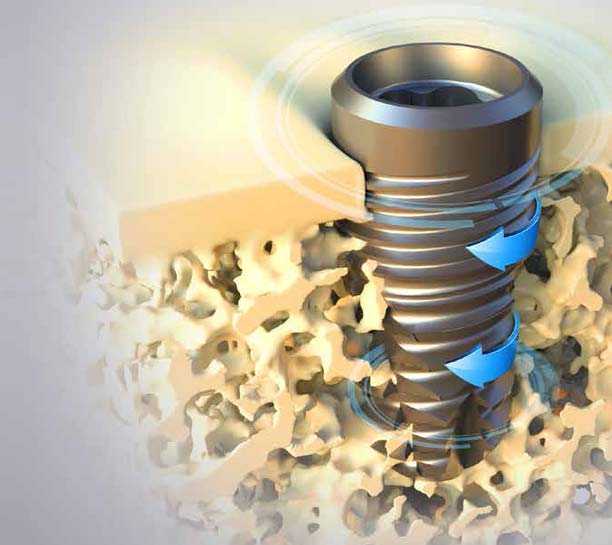
Vertical Ridge Augmentation in Partially Edentulous Patients: Techniques and Long-Term Results
By Massimo Simion, MD, DDS
Commercial Supporter: OsteoHealth
This article reviews the significant periods in the development of vertical ridge augmentation techniques, as well as key research findings demonstrating the efficacy of this approach for augmenting and regenerating bone at implant sites.
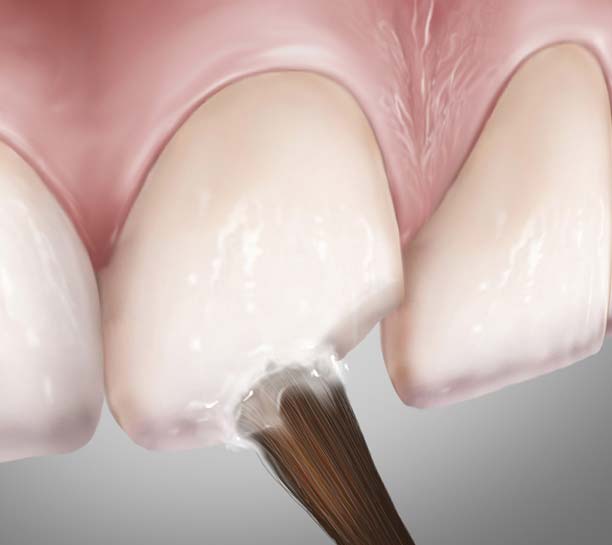
Predictable and Simplified: How Universal Bonding Improves Treatment Confidence
By Barry F. Bartusiak, DMD
Source: Kulzer
Commercial Supporter: Kulzer
This article discusses the key decision points and factors to be considered, along with the importance of educating patients so they have a realistic understanding of the treatment plan.
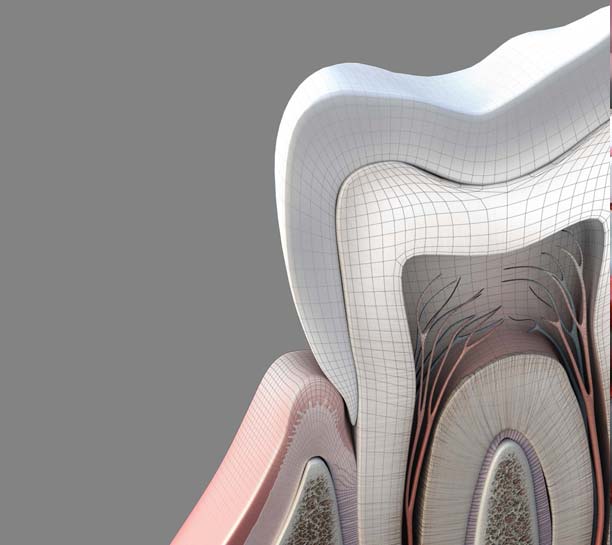
Pulp Testing and Apex Locators: Eliminating the Guesswork From Endodontic Diagnostics
By Joseph Chikvashvili, DDS
Source: Parkell
Commercial Supporter: Parkell
This article discusses the importance of taking accurate periapical radiographs and bitewings when diagnosing an injured tooth.
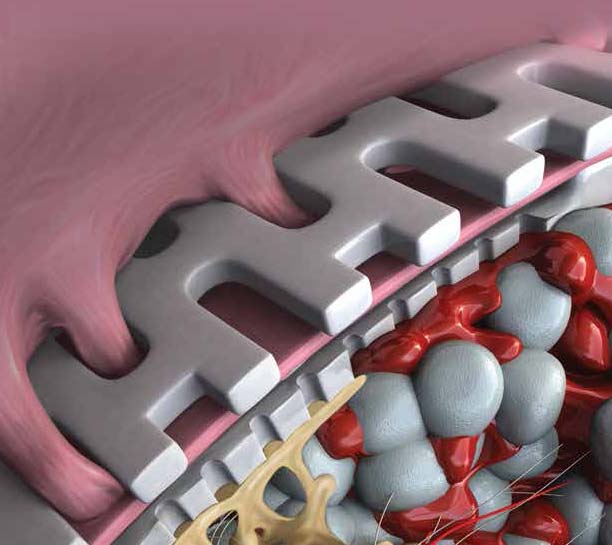
Factors to Consider for Successful Bone Grafting Cases
By Mike M. Chen, DMD, DICOI
Commercial Supporter: Sunstar Americas, Inc
This article reviews basic types of bone grafting procedures and classifications of bone grafting materials, and illustrates a technique for the use of a new alloplastic bone material in the context of regenerating a socket defect.
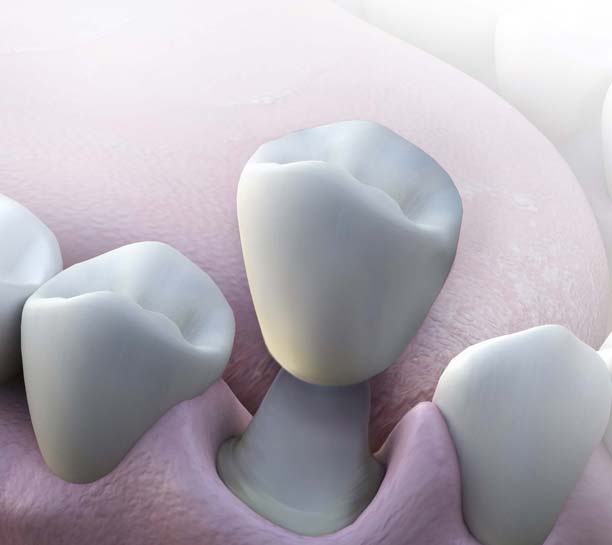
Protocol Considerations for Achieving Predictable Crown and Veneer Restorations
By Brian Harris, DDS
Commercial Supporter: Kerr Corporation
This article discusses the requisite clinical protocol involved with crown and veneer restorations that should be considered and envisioned prior to initiating treatment.
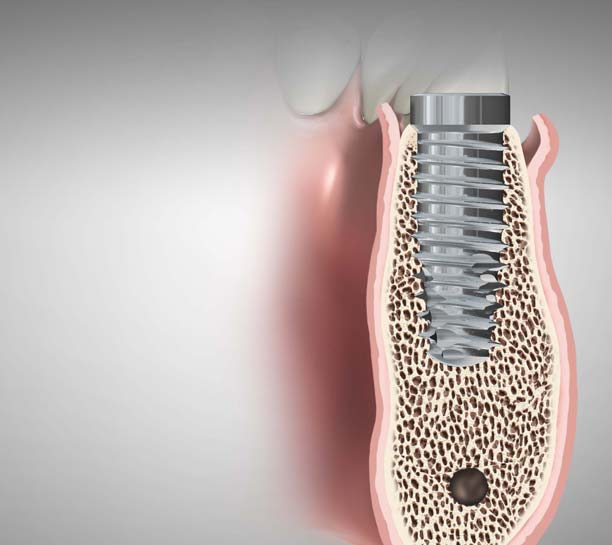
Innovations for Minimally Invasive Esthetic Implant Surgery
By Marc L. Nevins, DMD, MMSc
Commercial Supporter: OsteoHealth
This article provides an overview of how flapless extraction, bone/soft-tissue grafting, implant placement techniques, ridge volume preservation and augmentation procedures, and growth factor/biologic materials can be incorporated to provide an overall minimally invasive approach to esthetic implant treatments.
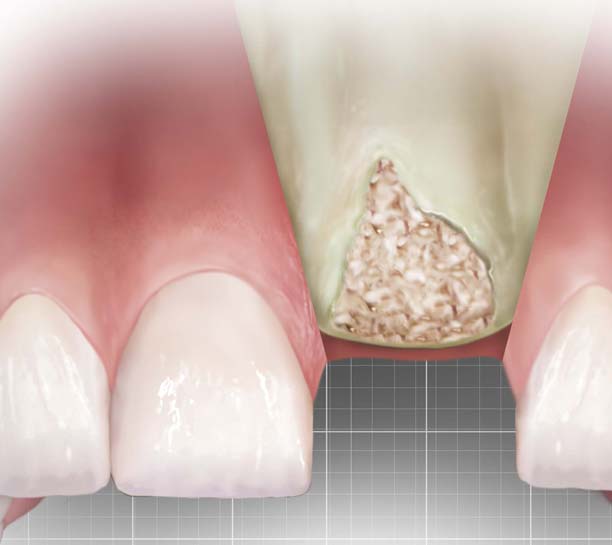
Socket Preservation for the General Practitioner
By Terry L. Work, DMD
Commercial Supporter: KaVo Dental
Recognizing the numerous benefits to incorporating socket preservation into a general dental practice, the author of this eBook describes the different materials necessary for the procedure and shows step-by-step photographs of the process.
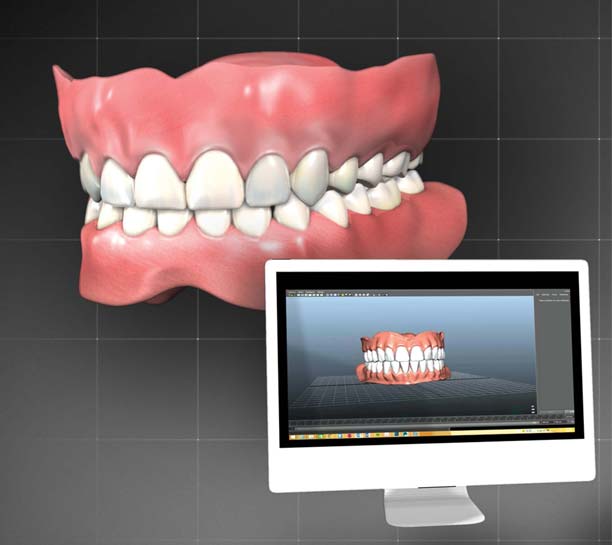
Introducing a Digital Denture Workflow Into Daily Practice
By David Burt, DDS
Source: Kulzer
Commercial Supporter: Kulzer
With an already sizable denture market projected to grow substantially in the coming years, incorporating a digital approach to denture creation can provide a means of generating new or enhanced revenue for a dental practice. This eBook discusses how complete dentures can be manufactured for patients in a compressed timeframe, and how this can be accomplished in a profitable manner.
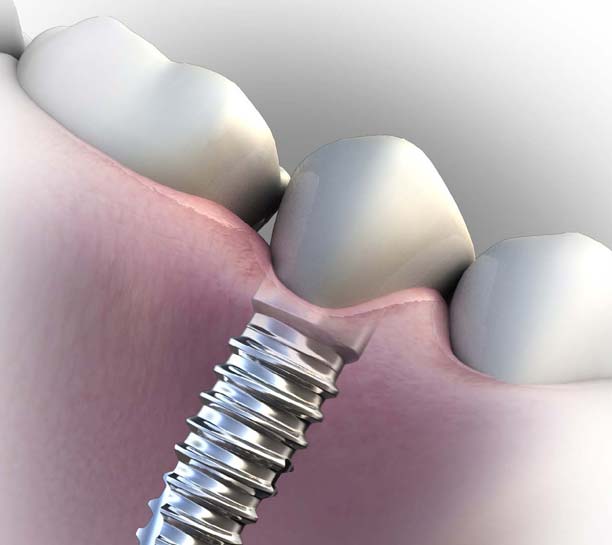
Planning Considerations and Retention Options for Implant Restorations
By Amerian D. Sones, DMD, MS
Source: Parkell
Commercial Supporter: Parkell
When placing a dental implant, careful consideration must be given to the final restoration. This eBook includes case illustrations of three different types of single-implant restorations— screw-retained, cement-retained, and a hybrid screw-cementable restoration.
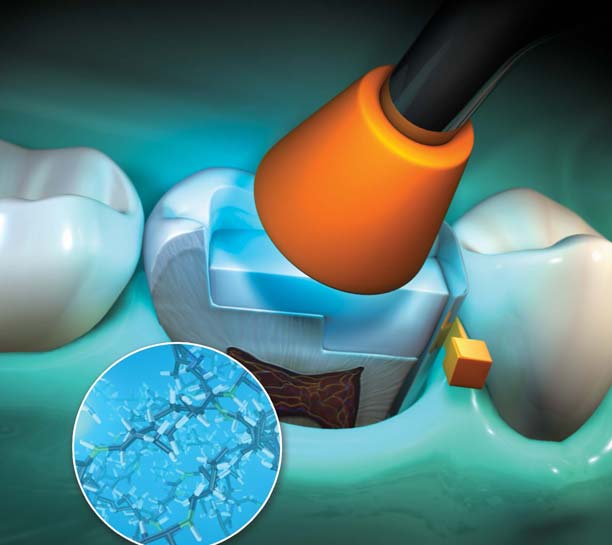
A Review of Light-Curing Considerations for Resin-Based Composite Materials: Part 1
By Neeraj Malhotra, MDS; and Kundabala Mala, MDS
Source: Shofu
Commercial Supporter: Shofu
Types of curing light and modes of curing have been shown to affect the degree of polymerization and related shrinkage of RBCs. This eBook explores the evolution in light-curing units and different curing modes.
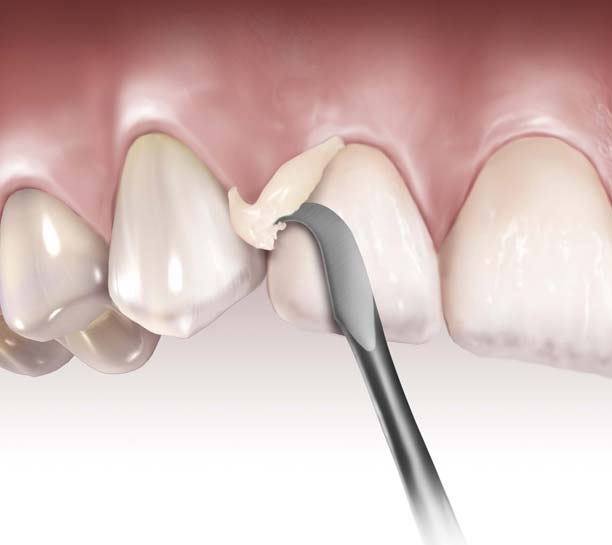
Cements & Ceramics: Keys to Achieving Optimal Results
By Greg Gillespie, DDS
Commercial Supporter: Doxa
Successful, long-term stability of indirect restorations in dentistry is highly dependent on the clinician understanding the relationship of tooth preparation style and the proper cement that it therefore dictates. This eBook will discuss cements, ceramics, and both types of preparations, highlighting the steps involved in achieving predictable cementation.
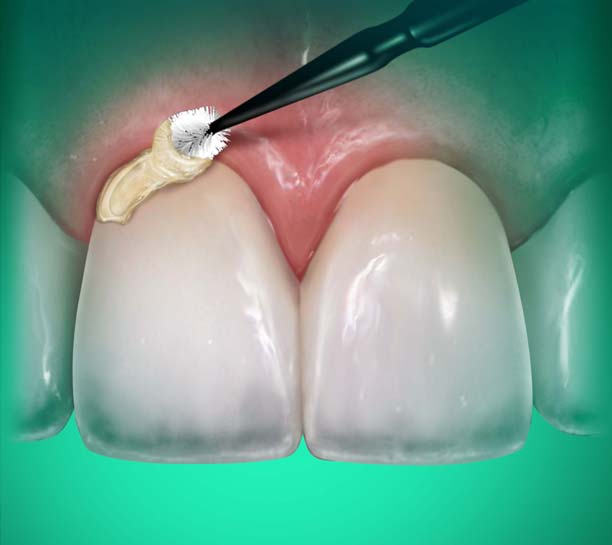
A Review of Direct Restorations, Their Applications, and Possibilities
By Todd Snyder, DDS
Commercial Supporter: VOCO America
Composite filling materials have provided new and exciting esthetic results, but with new materials come new challenges. This eBook will review the class of direct composite materials, including indications for their clinical application.
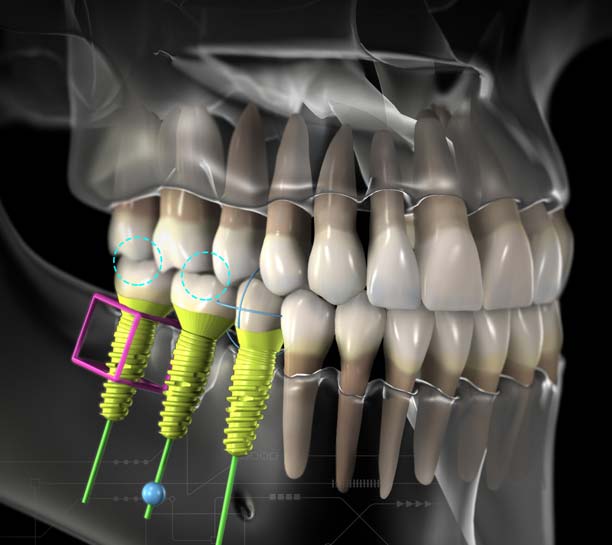
Diagnosis and Treatment Planning Using CBCT Technology
By Curtis E. Jansen, DDS
Commercial Supporter: KaVo Dental
Cone-beam computed tomography (CBCT), which uses a fraction of the radiation dose of medical CT, offers general practitioners many advantages, some of which they may be unaware. This eBook explores the ability CBCT provides to do “top-down treatment planning” to offer patients restorative-based implant placement.
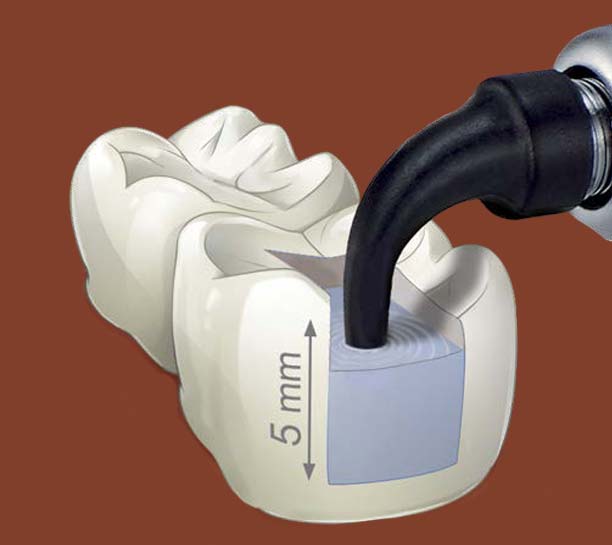
Predictable, Profitable, and Efficient Posterior Composite Restorations
By Parag R. Kachalia, DDS
Source: Inside Dental Assisting
Commercial Supporter: Kerr Corporation
It is important to understand that successful posterior restorations are a combination of using the correct adhesive, composite resin, and polymerization. This eBook will look at the advances in each of these areas and help practitioners understand that posterior composite restorations can be placed in a predictable, profitable, and efficient manner.
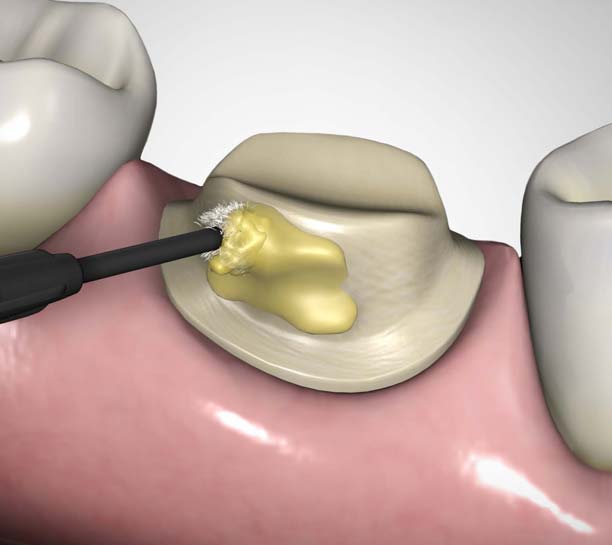
Universal Adhesives: Are They Truly Universal?
By Gregg A. Helvey, DDS, MAGD, CDT
Source: Inside Dental Assisting
Commercial Supporter: Parkell
Are universal adhesives truly universal, can they be used without limit or exception, and if so, do those exceptions depend on the conditions? This eBook will focus on the different application modes and the most predictable bonding techniques in an attempt to answer these questions.
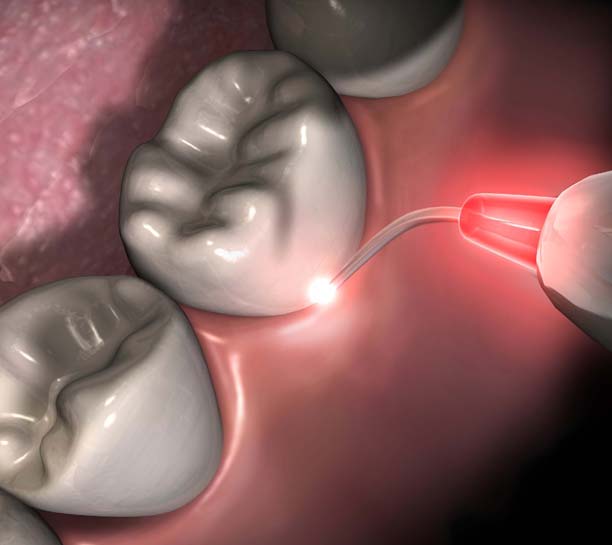
Electrosurgery in the Esthetic/Restorative Practice: Everyday Procedures That Help Create Excellence in Dentistry
By Robert A. Lowe, DDS
Source: Parkell
Commercial Supporter: Parkell
Used in dentistry for more than a century, electrosurgery has long been an effective soft-tissue cutting method that offers a variety of applications for clinicians. This article reviews advantages and disadvantages of electrosurgery and presents a variety of clinical examples of how it can be utilized to achieve successful outcomes in periodontal and general restorative procedures.

Recent Advances in Digital Impressions
By Adam Hodges, DMD
Source: Inside Dental Assisting
Commercial Supporter: 3M
Digital impressions have been shown to be as, if not more, accurate than traditional techniques, and they take less time and increase patient satisfaction. This eBook will discuss the transition and its impact on how dentistry is practiced.
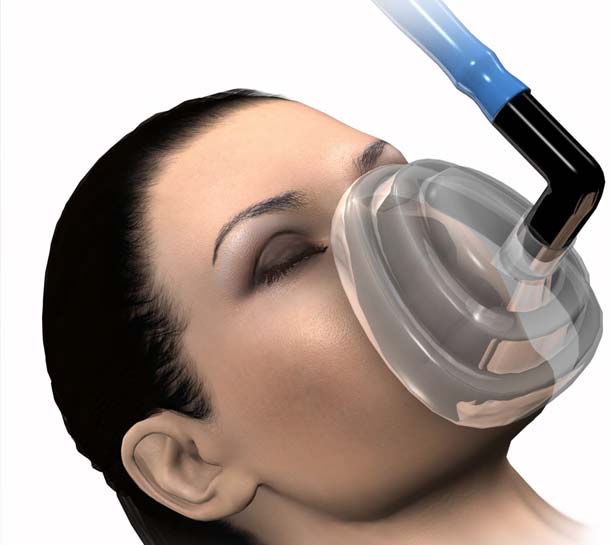
Safety-Centric Sedation: Reducing Sedation Morbidity in the Dental Office
By Robert C. Bosack, DDS
Commercial Supporter: Dentsply Sirona - Pharmaceuticals
There is risk when dental patients are sedated in the office. This eBook outlines several avenues to manage this risk, which include but are not limited to improved and ongoing training of self and staff, strict patient screening, depth of anesthesia limit-setting, and vigilant patient monitoring.
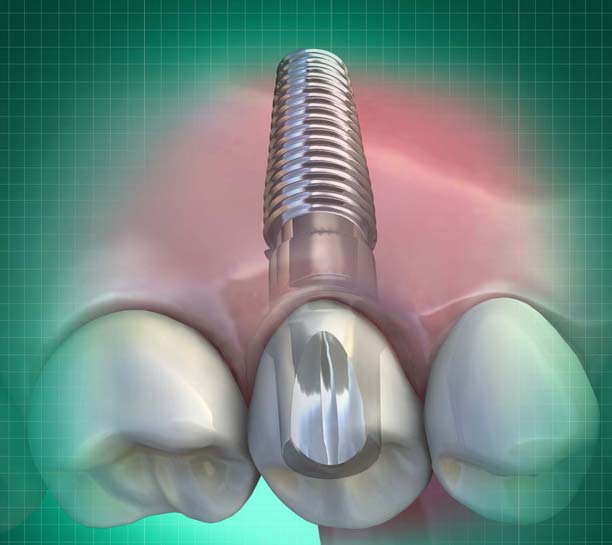
“Rules of Six”—Diagnostic and Therapeutic Guidelines for Single-Tooth Implant Success
By Lyndon F. Cooper, DDS, PhD; and Oliver C. Pin-Harry, DDS, MS
Commercial Supporter: ids-integrated dental systems
In this eBook, the “Rules of Six” for effectively placing a simple single-tooth dental implant are described. These rules represent four diagnostic targets and a single therapeutic guideline useful in directing clinical success and preventing common complications.
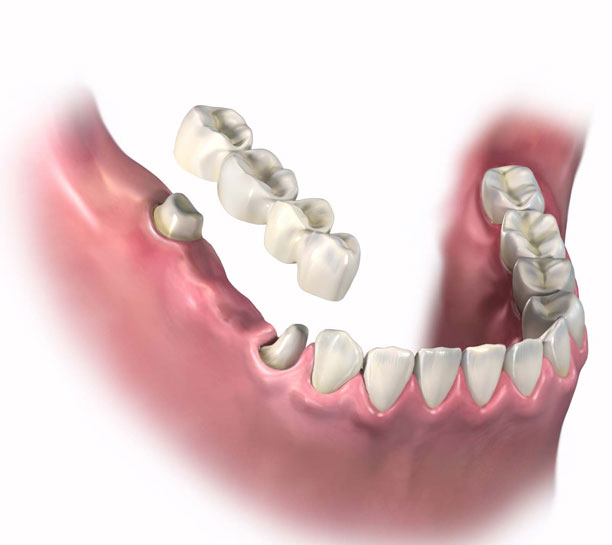
Clinical Concerns and Common Misconceptions Regarding Zirconia Restorations
By Nathaniel Lawson, DMD, PhD; and Chin Chuan Fu, DDS, MS
Source: Inside Dental Assisting
Commercial Supporter: Keating Dental Arts
This eBook provides a simplified explanation of the structure of zirconia and how that structure affects several clinical situations. It also presents and discusses common concerns and misconceptions regarding zirconia.

Digital Imaging Sensors in Dental Radiography
By Robert A. Cederberg, MA, DDS
Commercial Supporter: Air Techniques, Inc.
The sensor is the key component of digital imaging systems used for intraoral radiography. This eBook describes the evolution of dental imaging sensors, the advantages and disadvantages of various sensors and systems, sensor properties and system parameters, and the diagnostic efficacy of each of the sensor types.
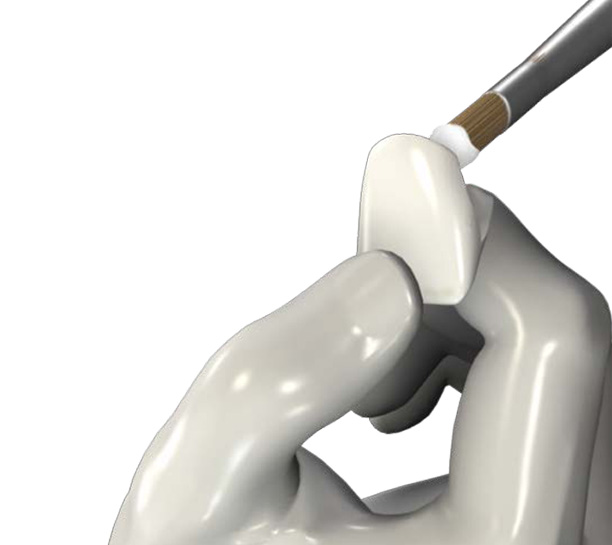
A Review of Past and Future Advances in Dental Cement
By James F. Simon, DDS, MEd; and Bruce Hamilton, MS, DDS
Source: Inside Dental Assisting
Commercial Supporter: Kuraray Dental
Over the years, dentistry has gone through numerous cements and techniques searching for the ideal cement. This article will review some of the newly evolved resin cement systems, presenting the advantages and disadvantages of each.

Maximizing the Power of Ultrasonics
By Tim Donley, DDS
Source: Parkell
Commercial Supporter: Parkell
Hands-on training in ultrasonic debridement can facilitate mastery of ultrasonic instrumentation. This article reviews the insights into the etiology of periodontal disease and discusses the proper use of ultrasonic instrumentation.
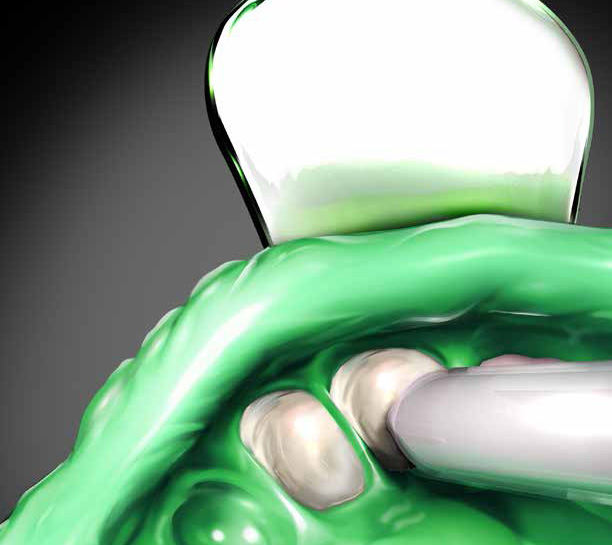
Exquisite Impressions: A Key to Restoration Success
By Lee Ann Brady, DMD
Source: Inside Dental Assisting
Commercial Supporter: Parkell
Being able to accurately capture an impression affects the dentistry we provide everyday. This eBook discusses four impression materials and proper technique in order to maximize accuracy and achieve exquisite final impressions.

Cementation in Dentistry Today
By John C. Comisi, DDS, MAGD
Source: Inside Dental Assisting
Commercial Supporter: Kuraray Dental
Indirect restorative materials have changed significantly over the past 30 years; this article discusses the available agents, and overviews the applications of dental cements.
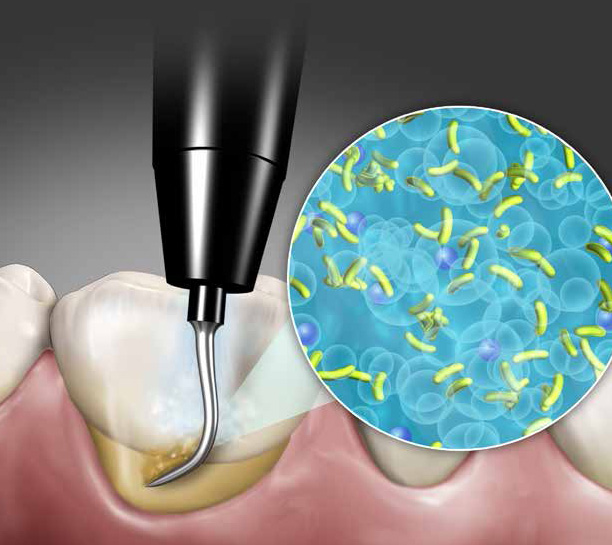
The New Goal of Periodontal Therapy and How Best to Achieve It
By Tim Donley, DDS
Source: Parkell
Commercial Supporter: Parkell
Clinicians can no longer take a now-you-see-it—or feel it—approach to periodontal debridement therapy. This article redefines the goals of periodontal therapy and how to best meet these new goals.
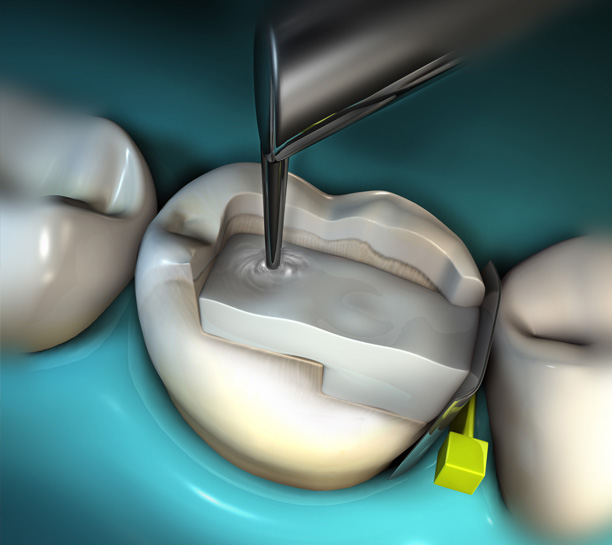
Bulk-Fill Composites for Class II Restorations
By Nathaniel Lawson, DMD, PhD; and Augusto Robles, DDS, MS
Commercial Supporter: VOCO America
Bulk-fill composites are a new class of material with scientific evidence for claims of low polymerization shrinkage and 4-mm depths of cure. This article discusses the layering technique for composite materials and the differences from conventional techniques.

Digital Denture Design: Streamlining Productivity
By Robert A. Lowe, DDS; David Avery, CDT, AAS
Source: Kulzer
Commercial Supporter: Kulzer
The digital denture process eliminates numerous steps from the process of fabricating removable dentures, while significantly improving the accuracy and fit of dentures. This article includes a case report detailing the ease of digital denture design.

Enhancing Dental Professionals' Response to Intimate Partner Violence
By Judy Henderson
Source: Inside Dental Assisting
Commercial Supporter: Parkell
IPV is a serious problem that requires a serious response from all healthcare providers, including dental healthcare providers; this article discusses how dental professionals can provide support and safe resources for patients who are victims of IPV.

Immediate Implants: The Importance of Team Treatment Planning from a Prosthetic Perspective, and Patient Case Acceptance
By Alfonso F. Pineyro, DDS
Source: Straumann
Commercial Supporter: Straumann
A collaborative approach is beneficial for restoring patients’ failing dentitions to offer them the best available treatment; this article outlines communication goals for the dental team that will allow for treatment of patents needing implants.
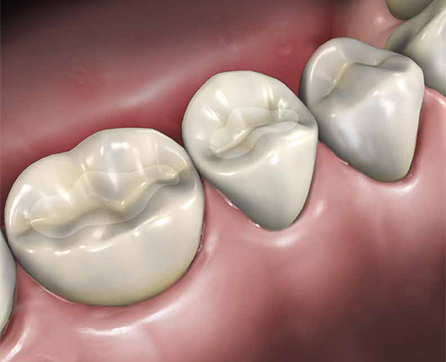
Simplified Predictable Posterior Composite Resins
By Howard Strassler, DMD
Source: Parkell
Commercial Supporter: Parkell
Clinicians face numerous challenges related to providing the tooth-colored composite restorations. New materials, including bulk-fill composites that can be placed in single 4-mm increments, can help provide predictable success.
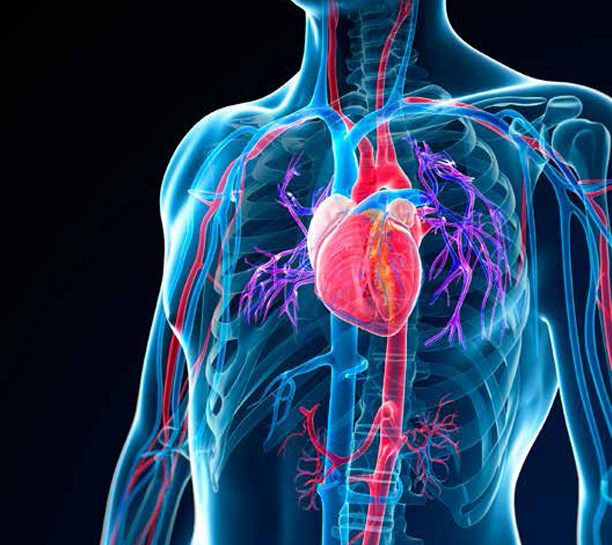
Misconceptions Related to the Appropriate Use of Vasoconstrictors for Local Dental Anesthesia
By Mana Saraghi, DMD
Commercial Supporter: DentalVibe
While safe in most patients, there are circumstances in which the use of a vasoconstrictor is either contraindicated or a dose reduction is prudent. There are other instances where the use of a vasoconstrictor is riddled with misconceptions. The goal of this article is to present the clinician with a brief and practical overview of the vasoconstrictors used in local dental anesthetic solutions.

CO2 Laser Ablation of the Capillary Hemangioma of the Lip
By Robert Levine, DDS; and Peter Vitruk, PhD, MInstP, CPhys
Commercial Supporter: Benco Dental
Hemangiomas present a unique challenge for the dental surgeon due to their vascular nature; this article discusses the various benefits of utilizing a CO2 laser for treatment.
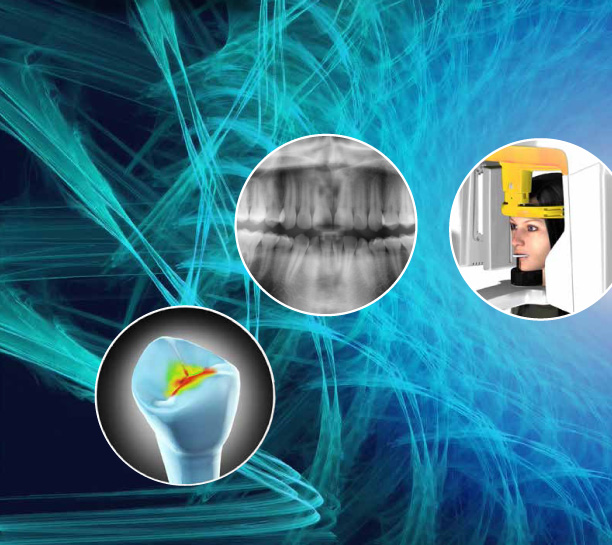
Unravelling Digital Dentistry
By Claudio Levato, DDS
Commercial Supporter: Air Techniques, Inc.
As digital imaging technolgies continue to advance, they represent an opportunity for dentists to optimize practice efficiency. This article discusses these technologies and a strategy for seamless integration.
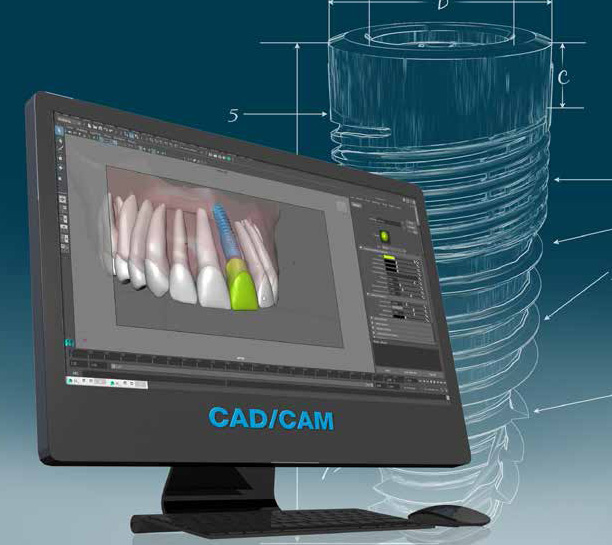
Simplified Implant Treatment with Integrated Digital Technology
By Andrew Koenigsberg, DDS; and Rebecca Koenigsberg, DDS
Commercial Supporter: Benco Dental
The integration of digital technology has revolutionized dental implant therapy; this article details these technologies and highlights the advantages found in all phases of implant treatment.
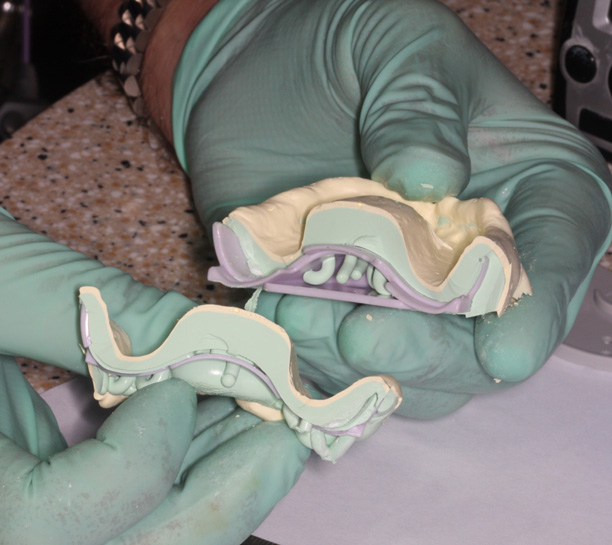
Fabricating Dentures with a Digital Denture System
By David Little, DDS
Source: Kulzer
Commercial Supporter: Kulzer
This article reviews the workflow involved in fabricating dentures with one of the new digital denture systems and summarizes the advantages of this approach.

Technology in a Patient-Centered Practice
By Cynthia K. Brattesani, DDS
Commercial Supporter: DEXIS
This article discuss advances in technology and how the clinical application of these technologies has informed an effort to better serve patients.
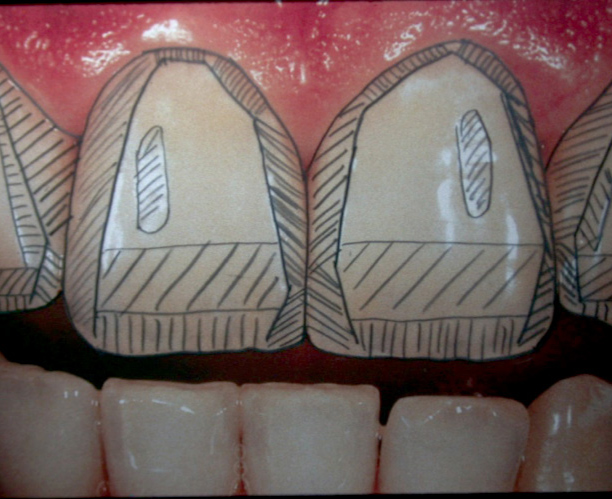
Anterior Esthetics: Managing Difficult Challenges
By Gregg A. Helvey, DDS, MAGD
Source: Parkell
Commercial Supporter: Parkell
The first step in dealing with anterior cases is to determine the patient’s expectations.
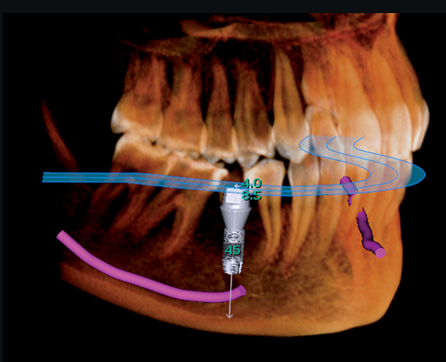
CBCT Scanners for the General Dental Office
By Terry Lee Work, DMD
Commercial Supporter: KaVo Dental
CBCT technology is increasingly being used in general and specialty dental practices based on the multiple benefits it provides.
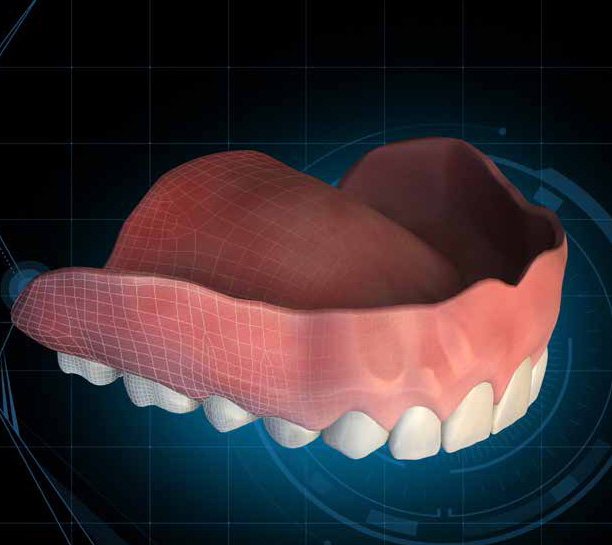
Streamlining and Simplifying Denture Fabrication with Digital Processes
By Larry R. Holt, DDS
Source: Inside Dental Assisting
Commercial Supporter: Kulzer
Digital denture-making processes are revolutionizing the way practitioners and laboratories approach these prostheses. Learn more about how this technology can optimize patient care.

